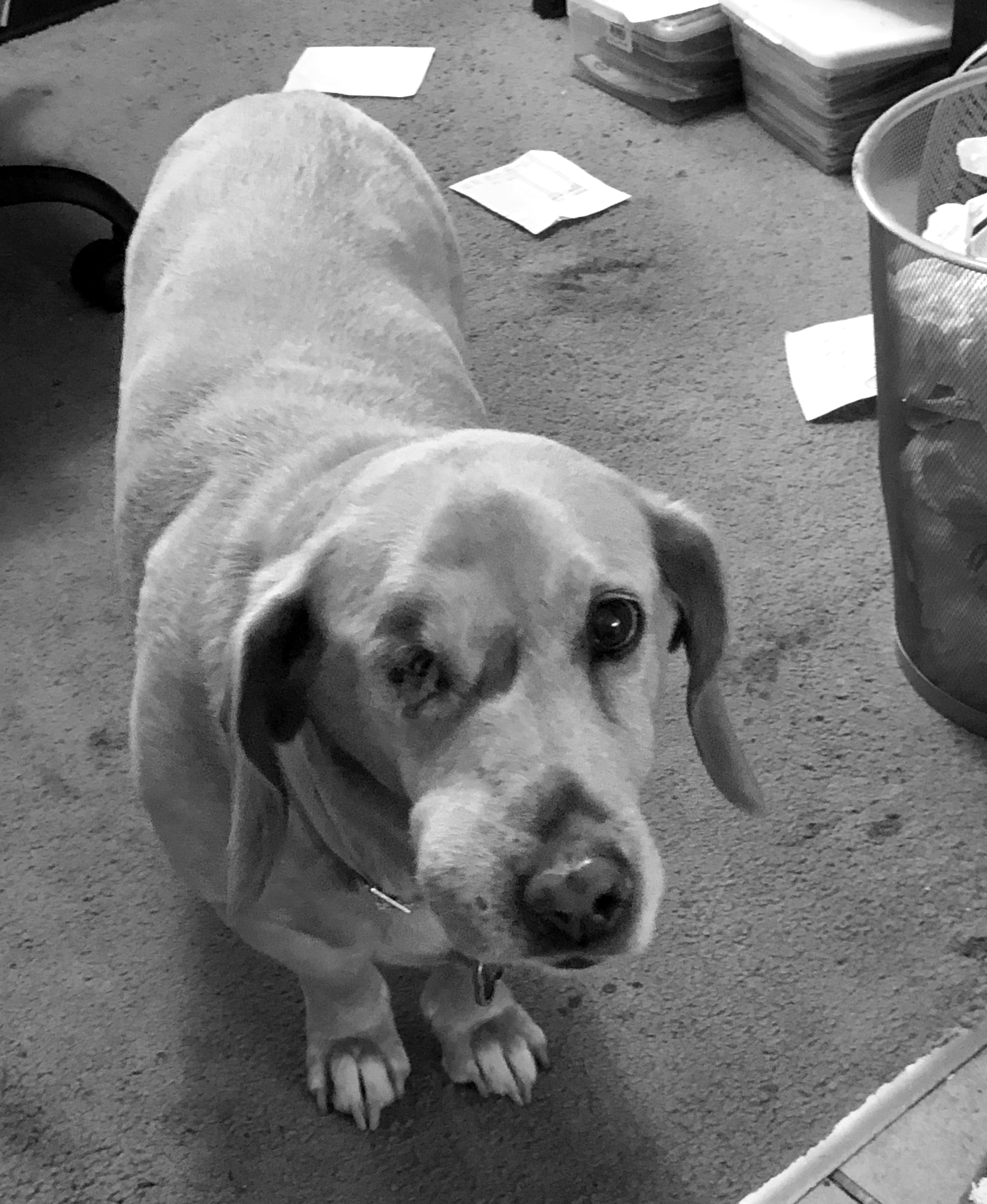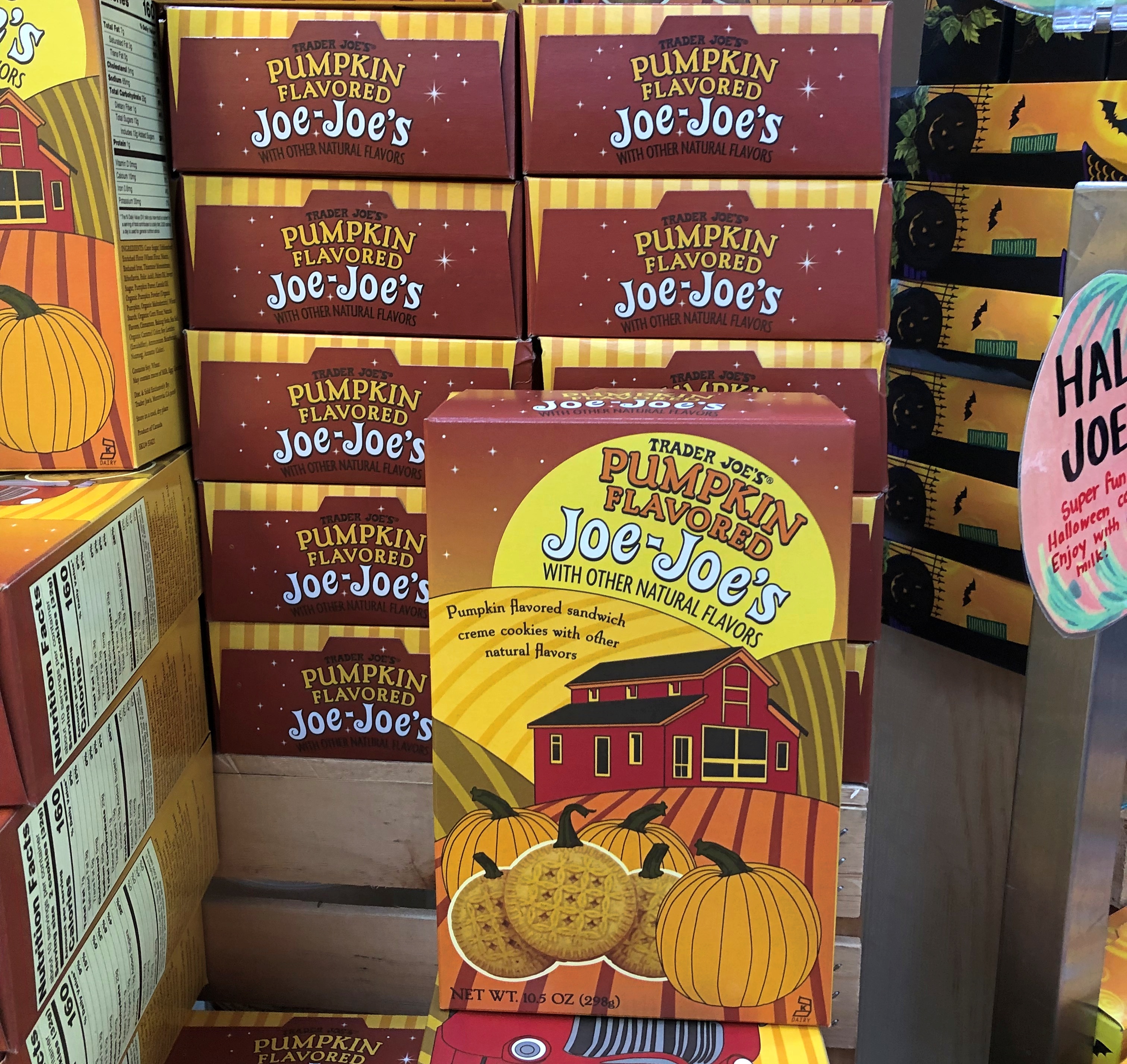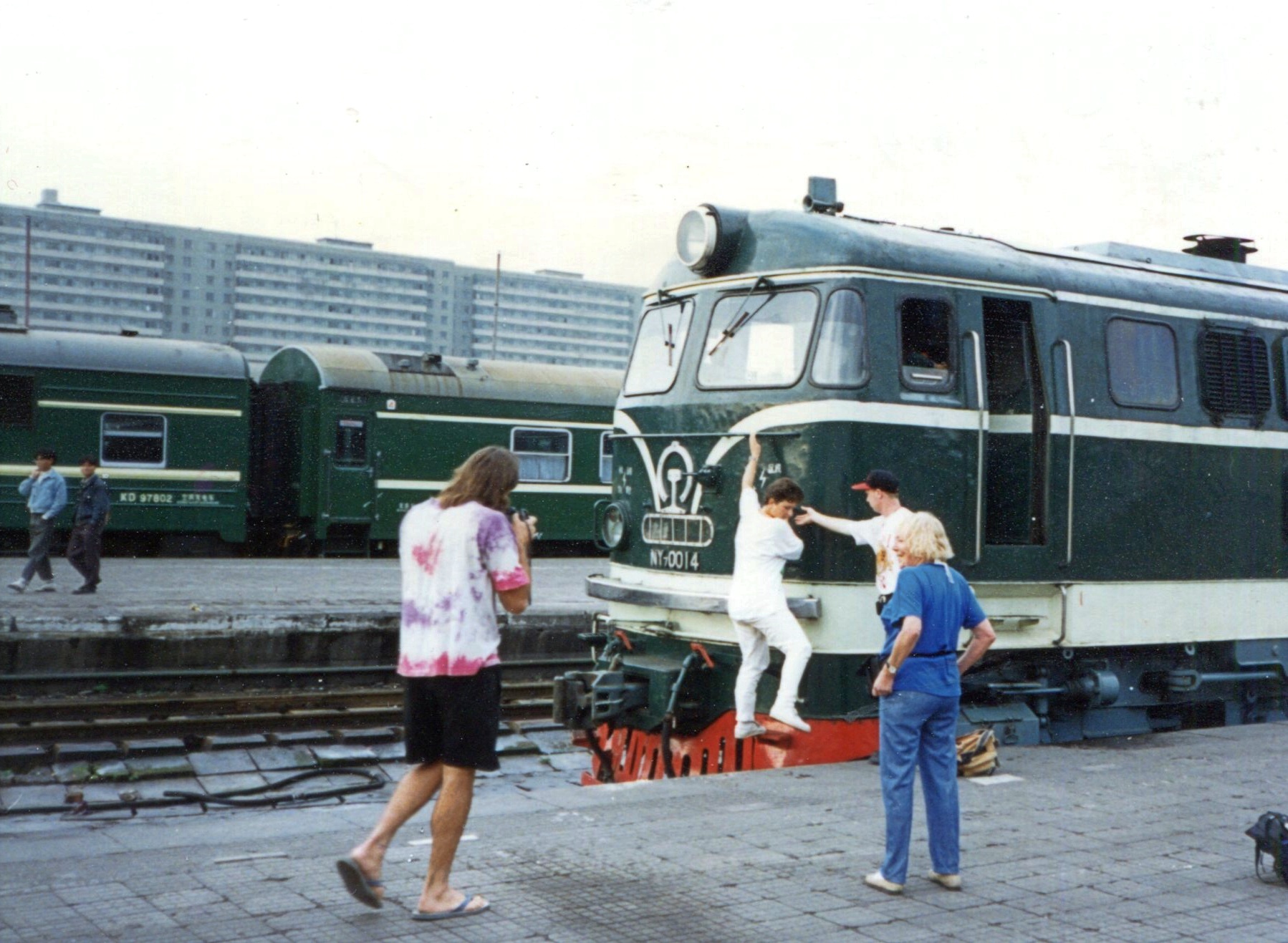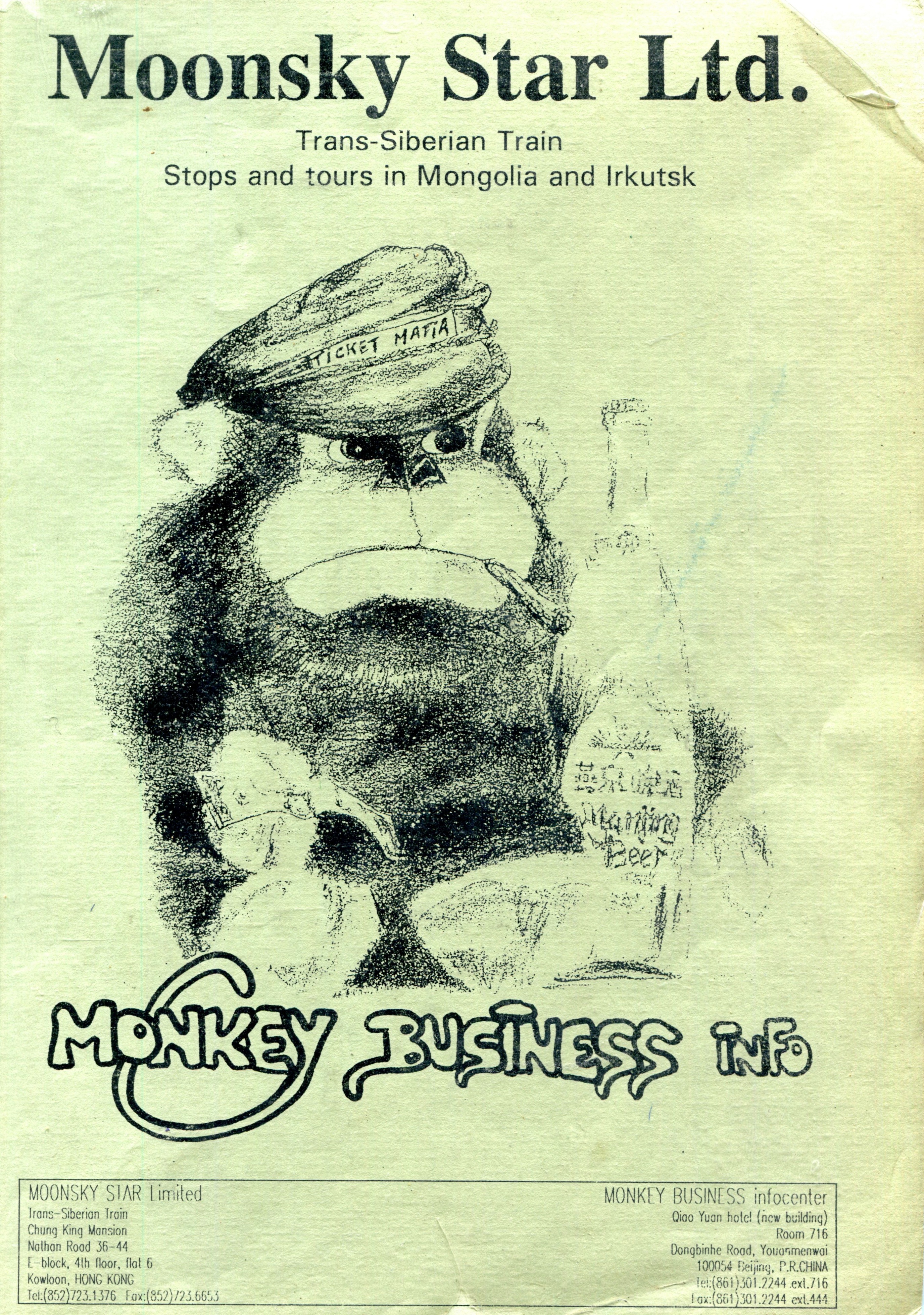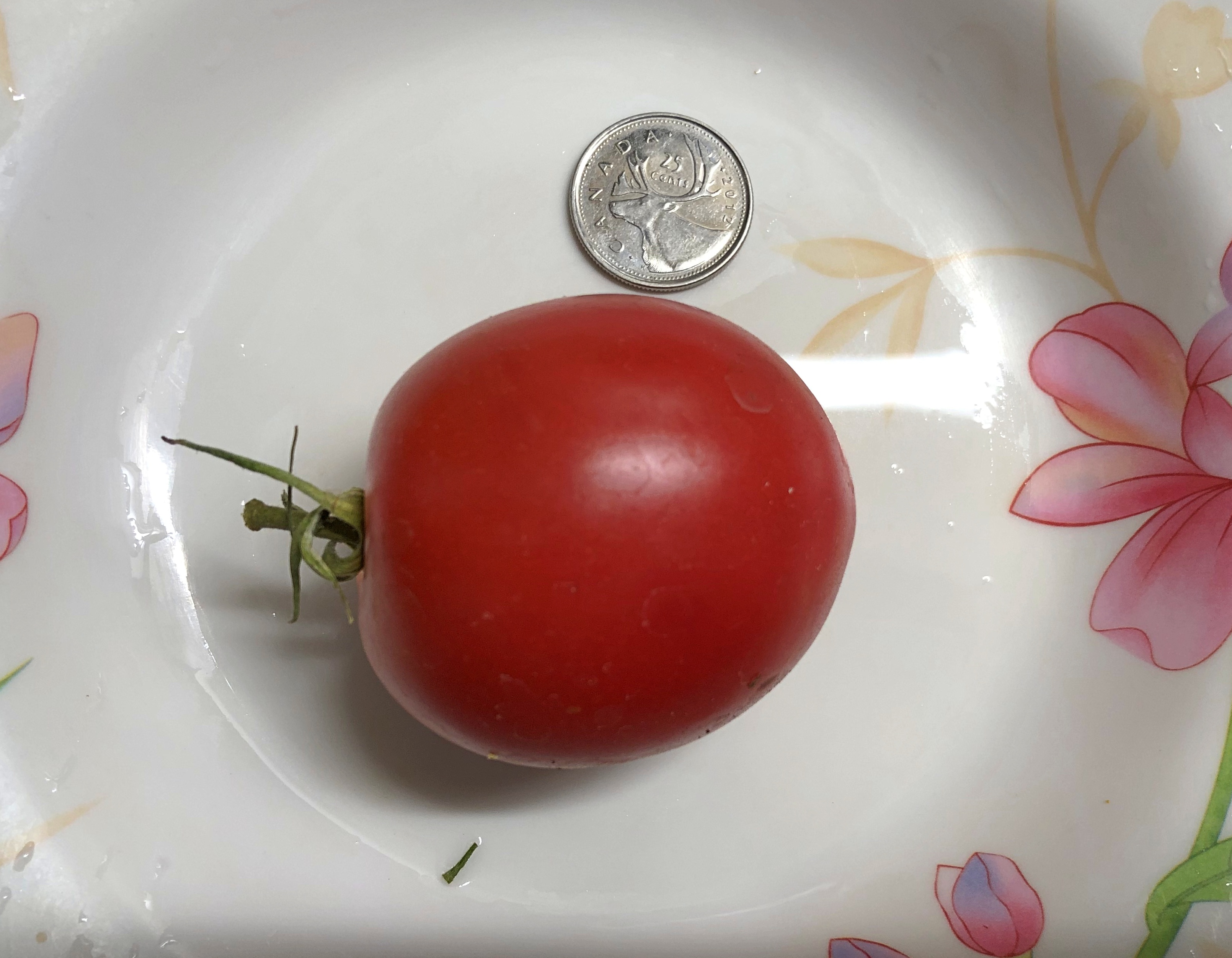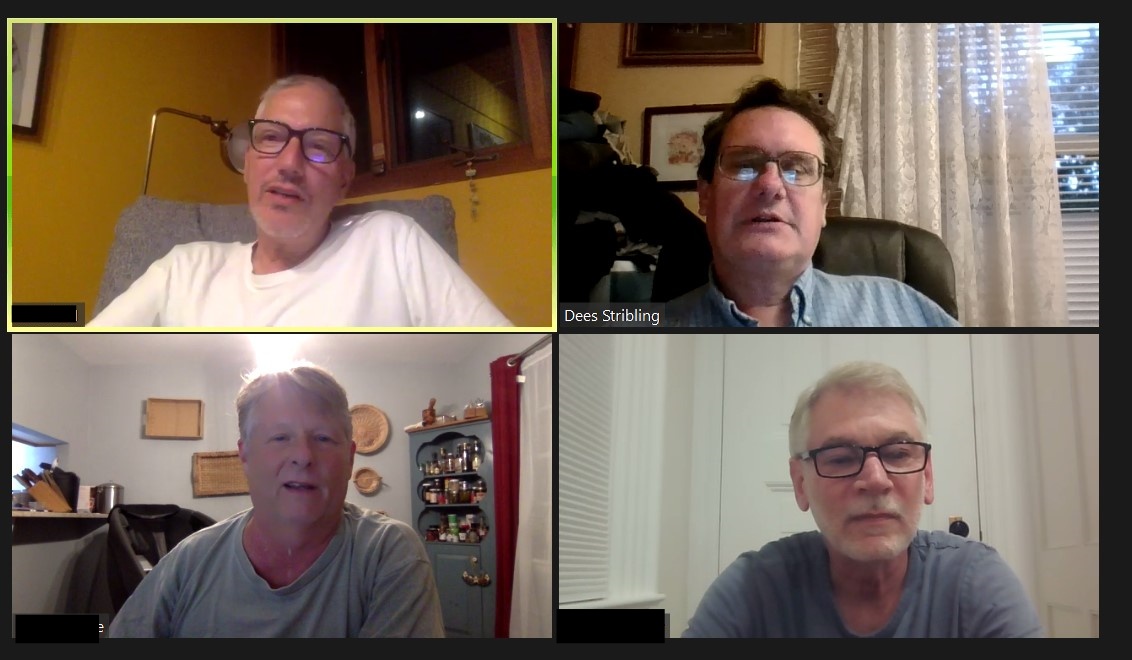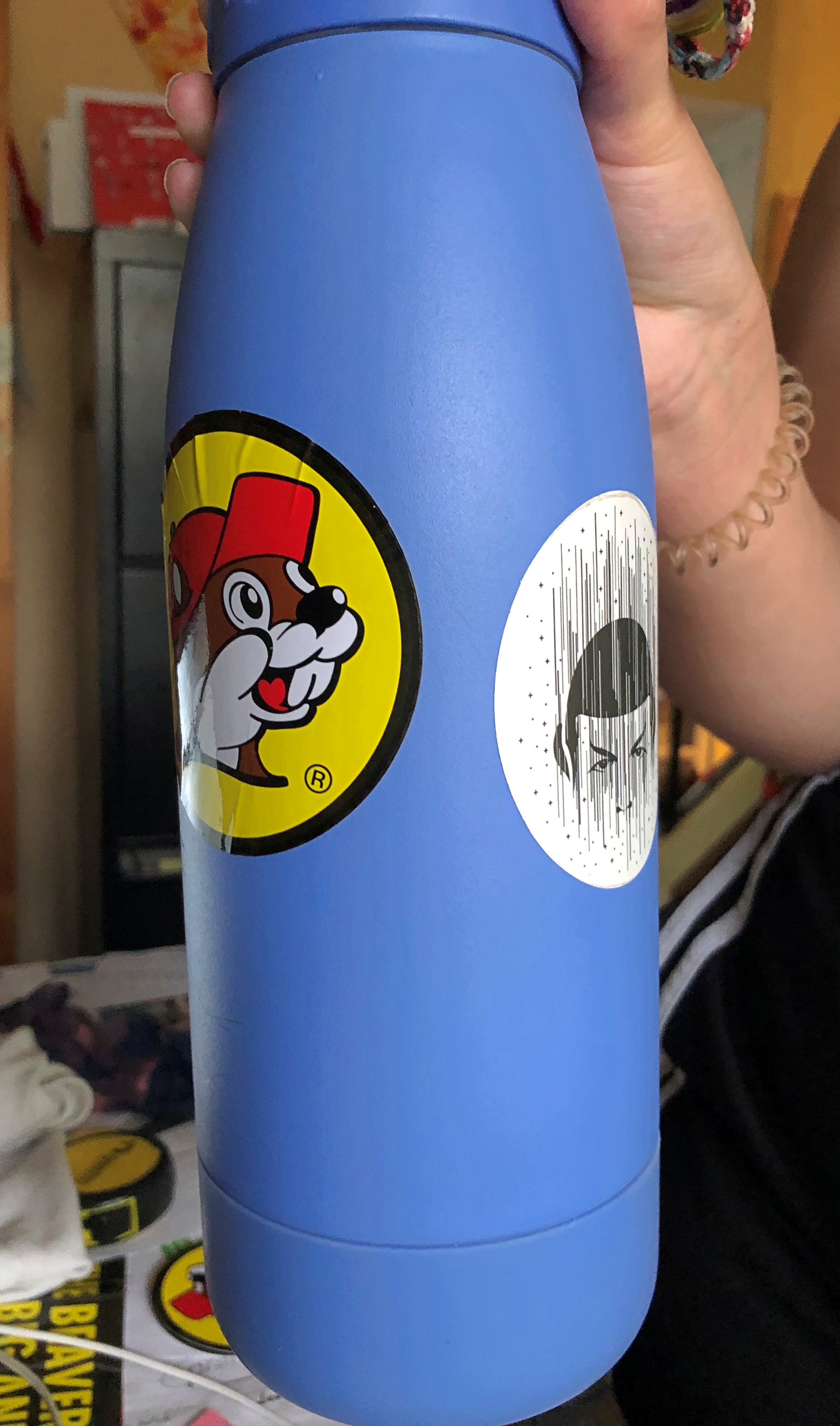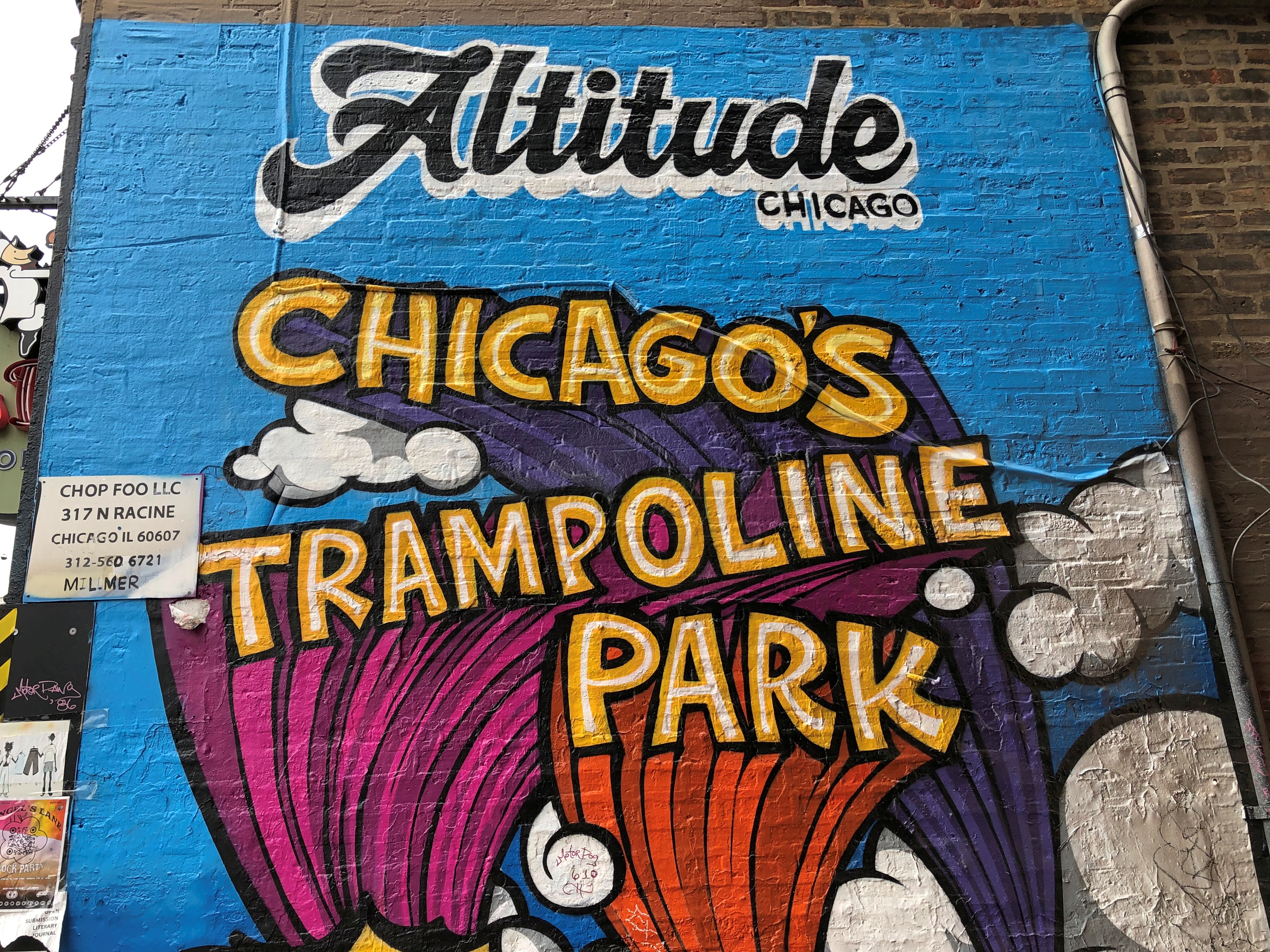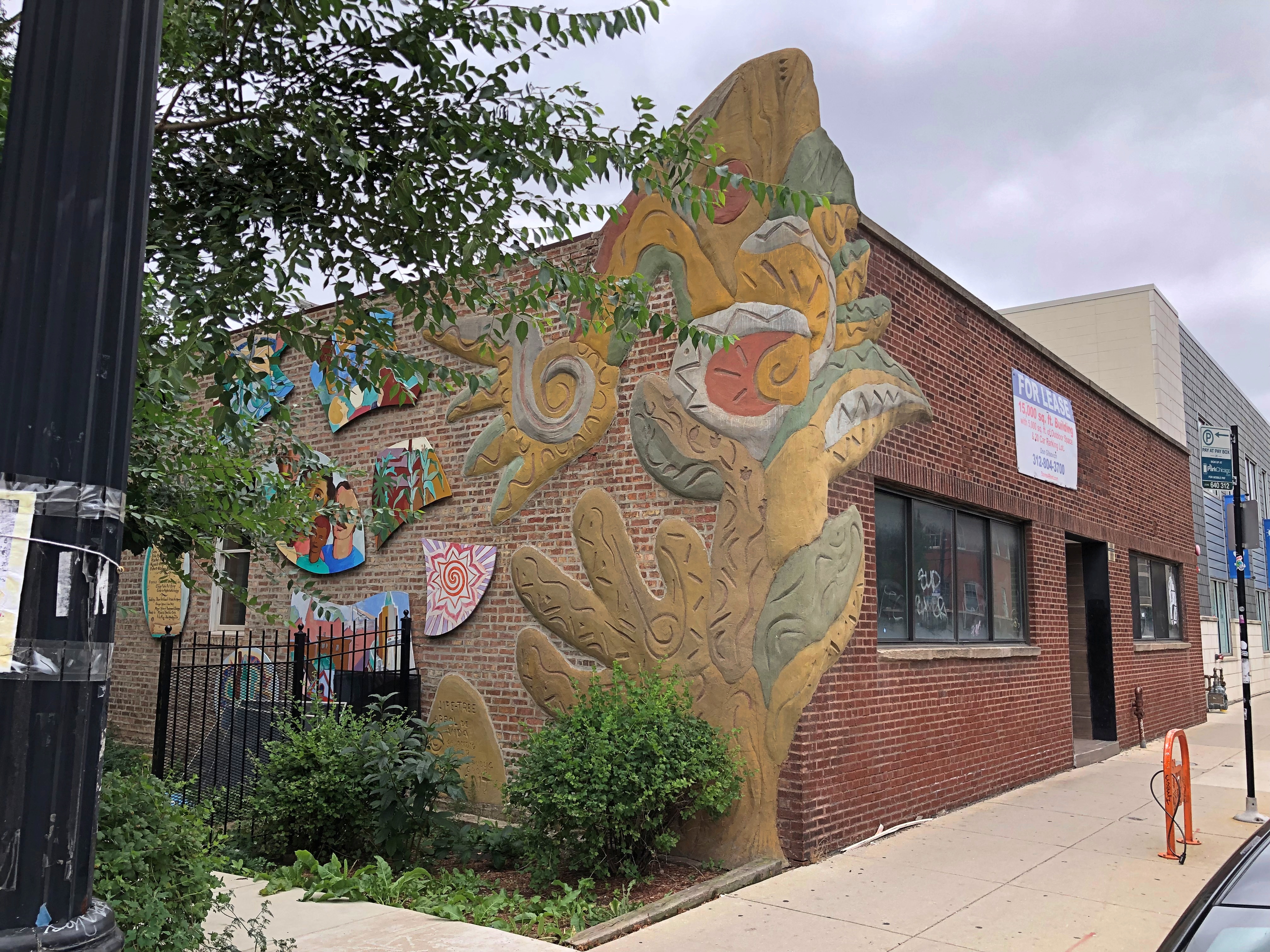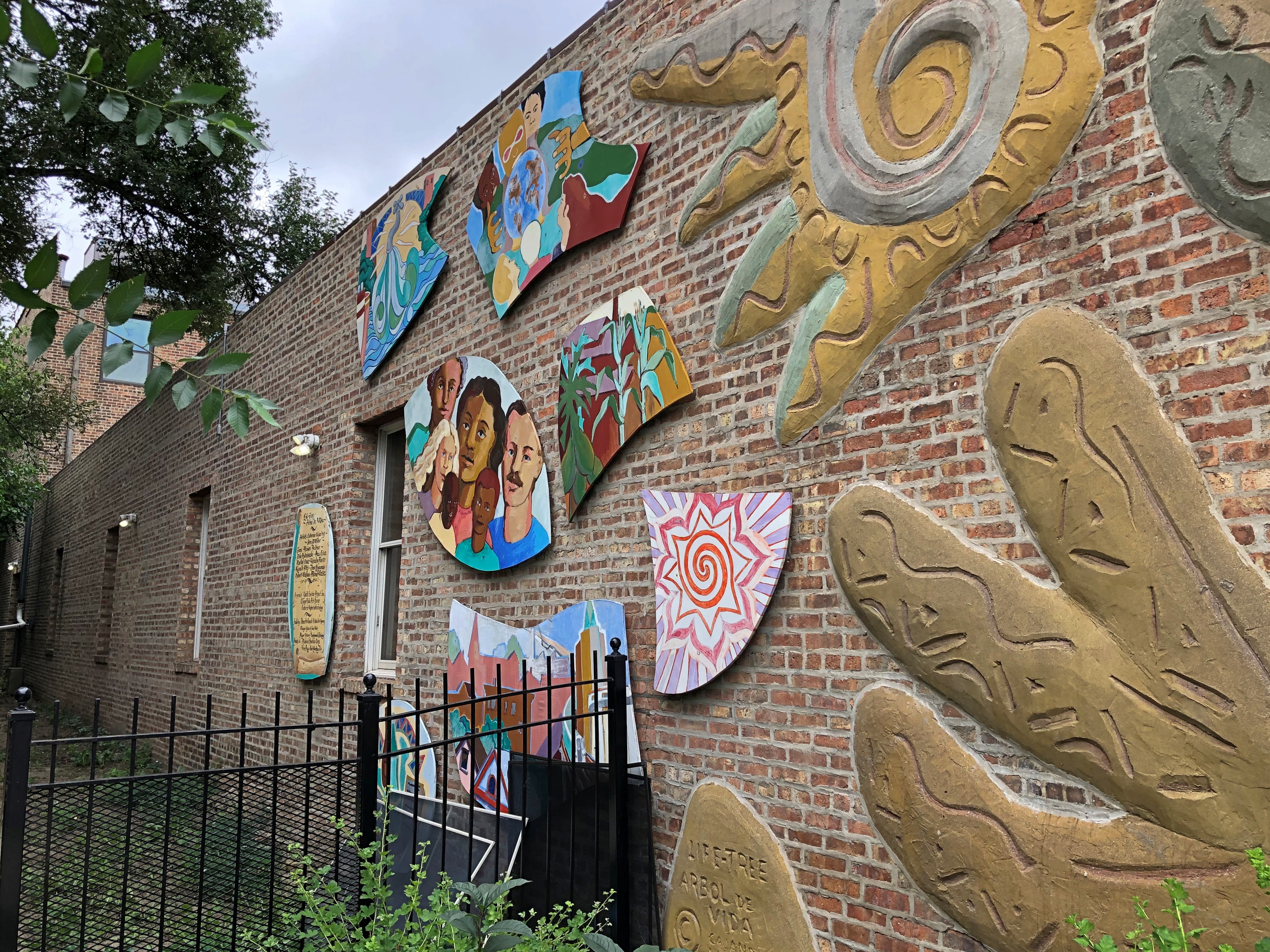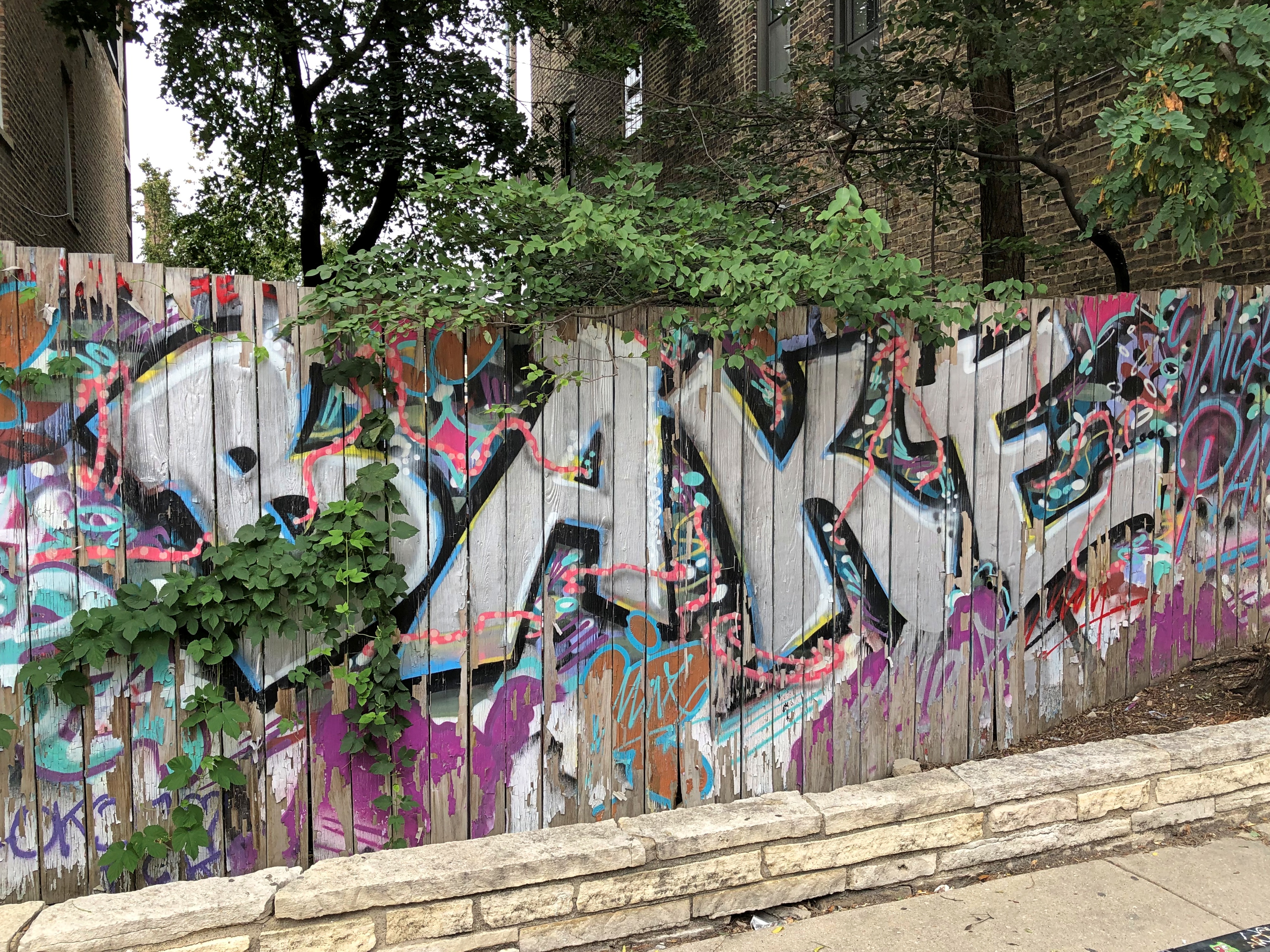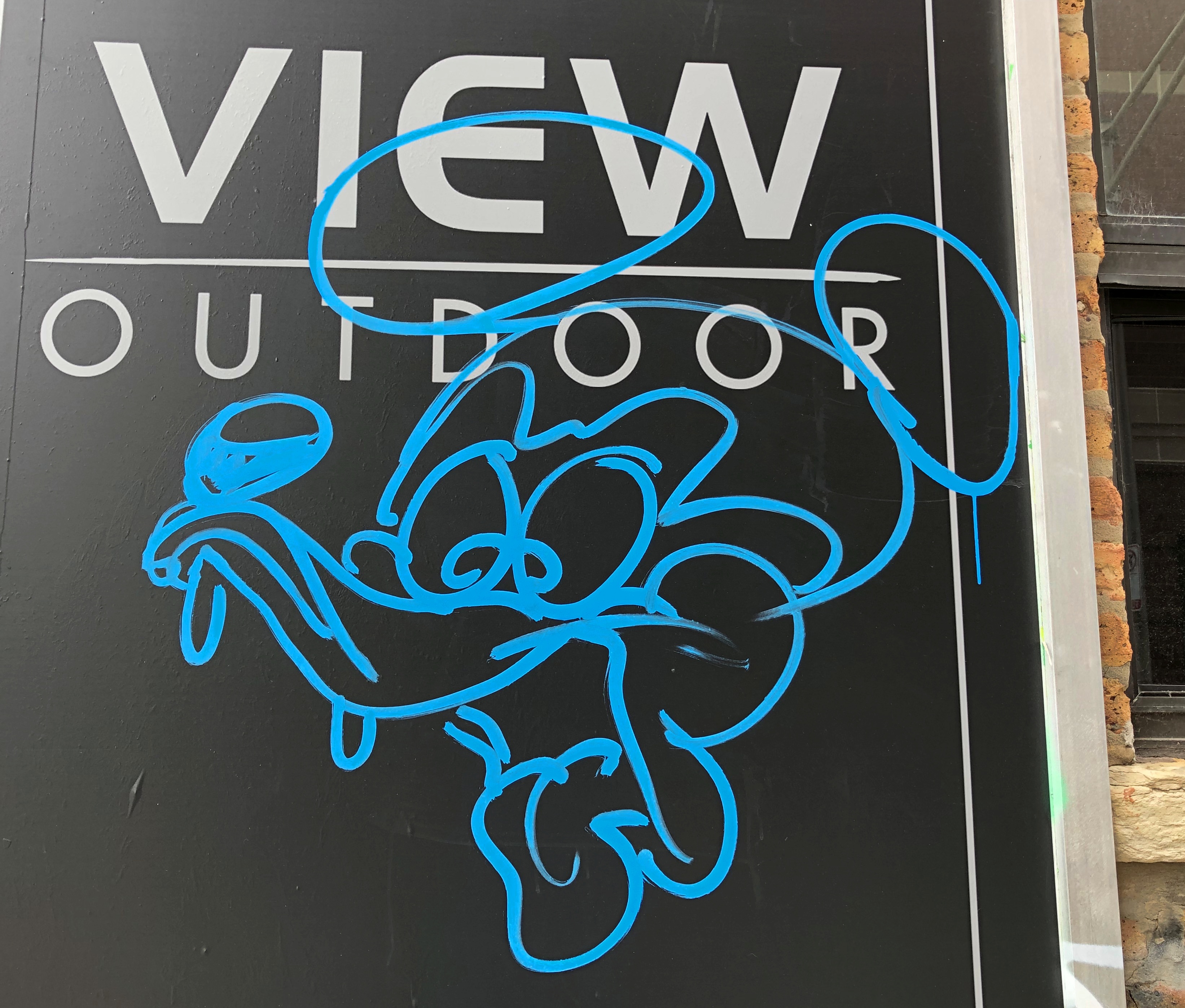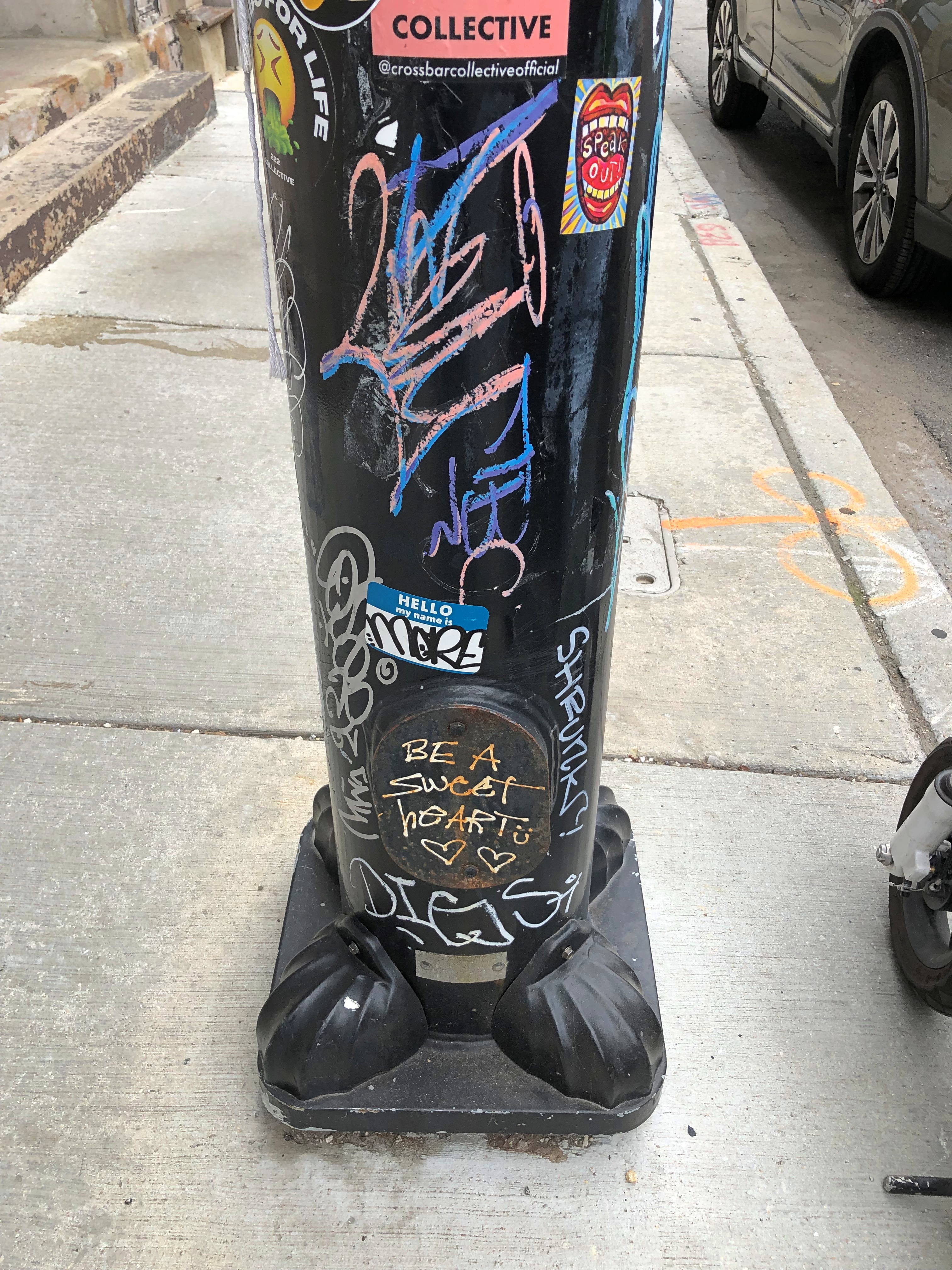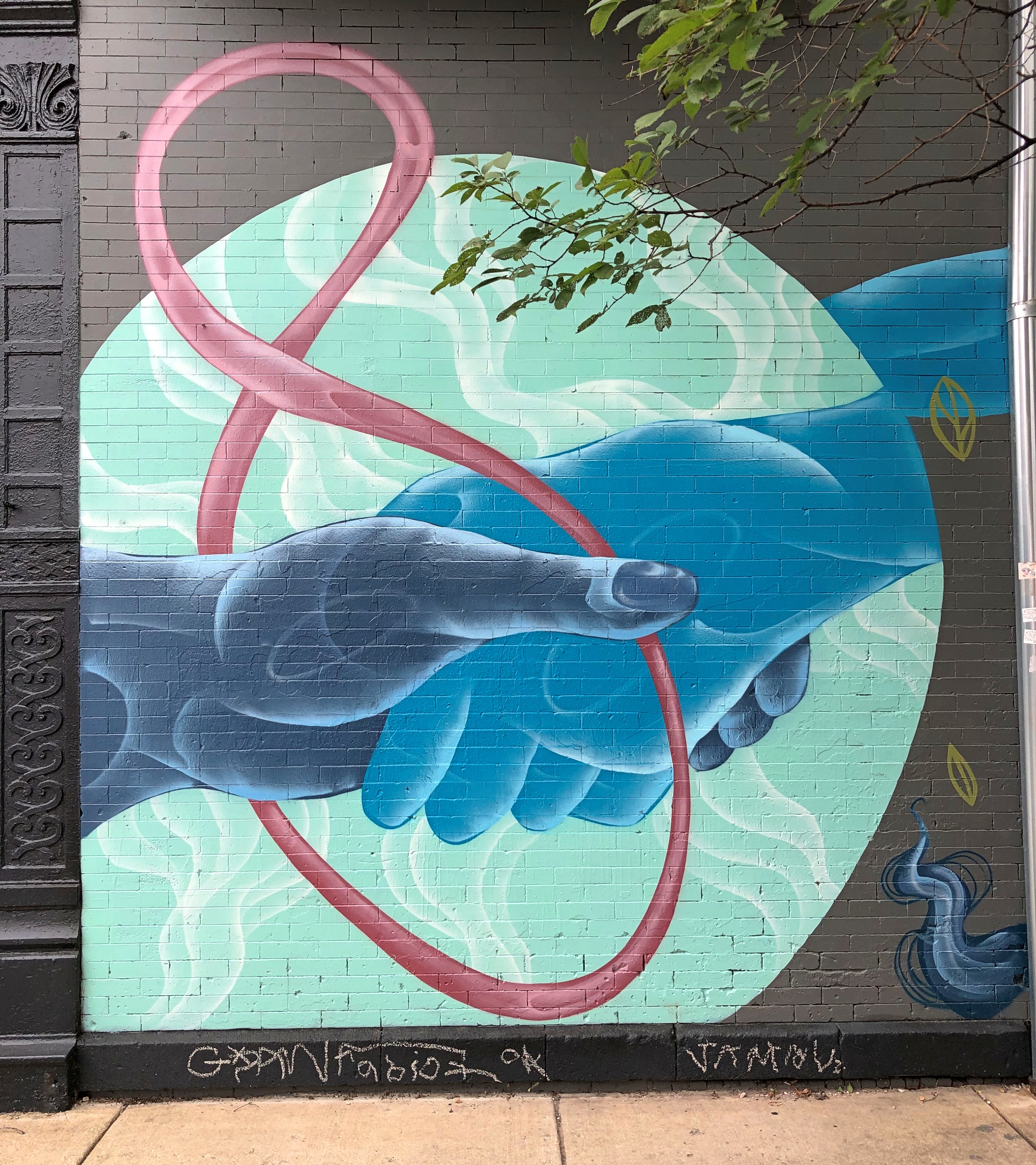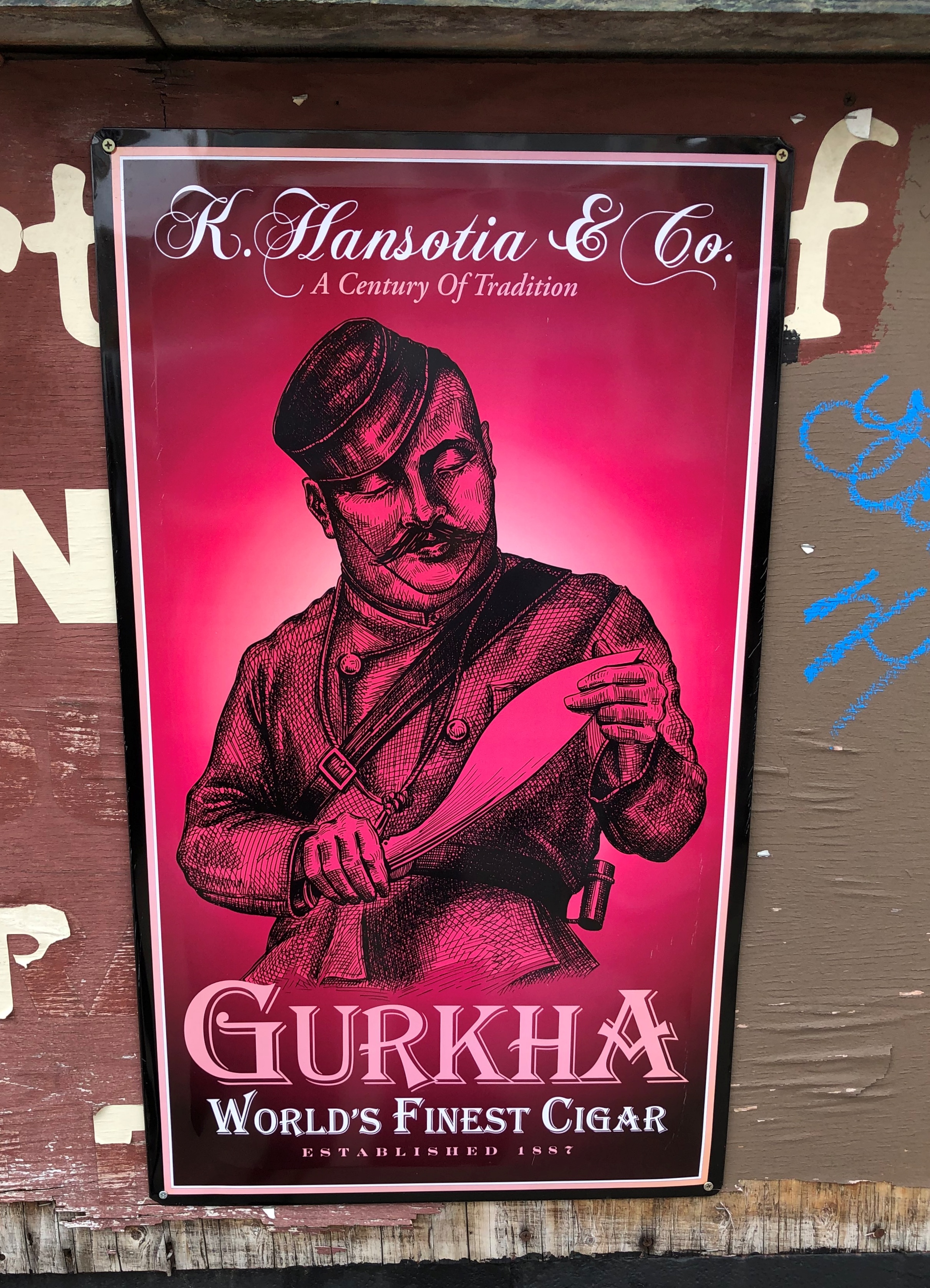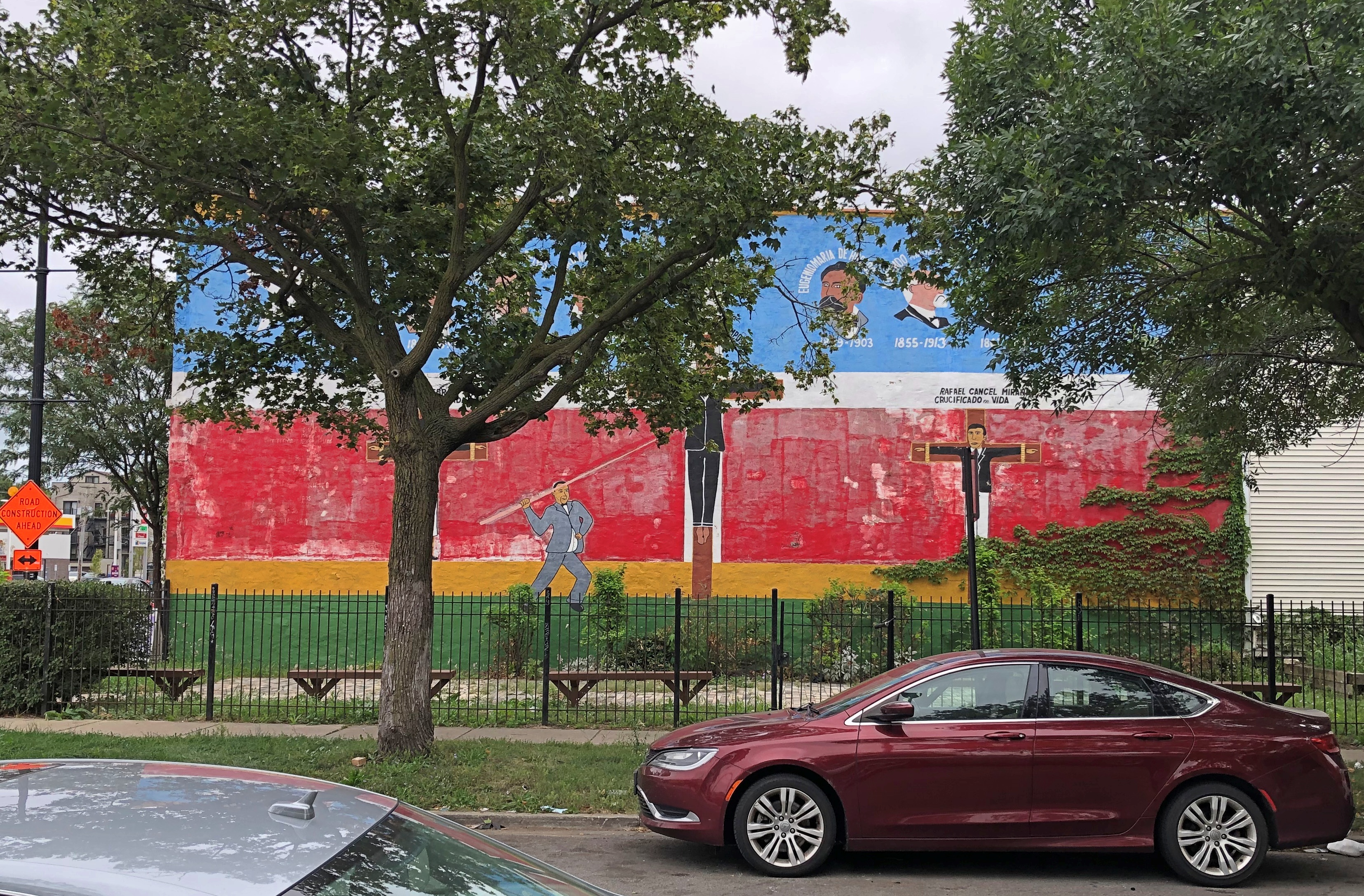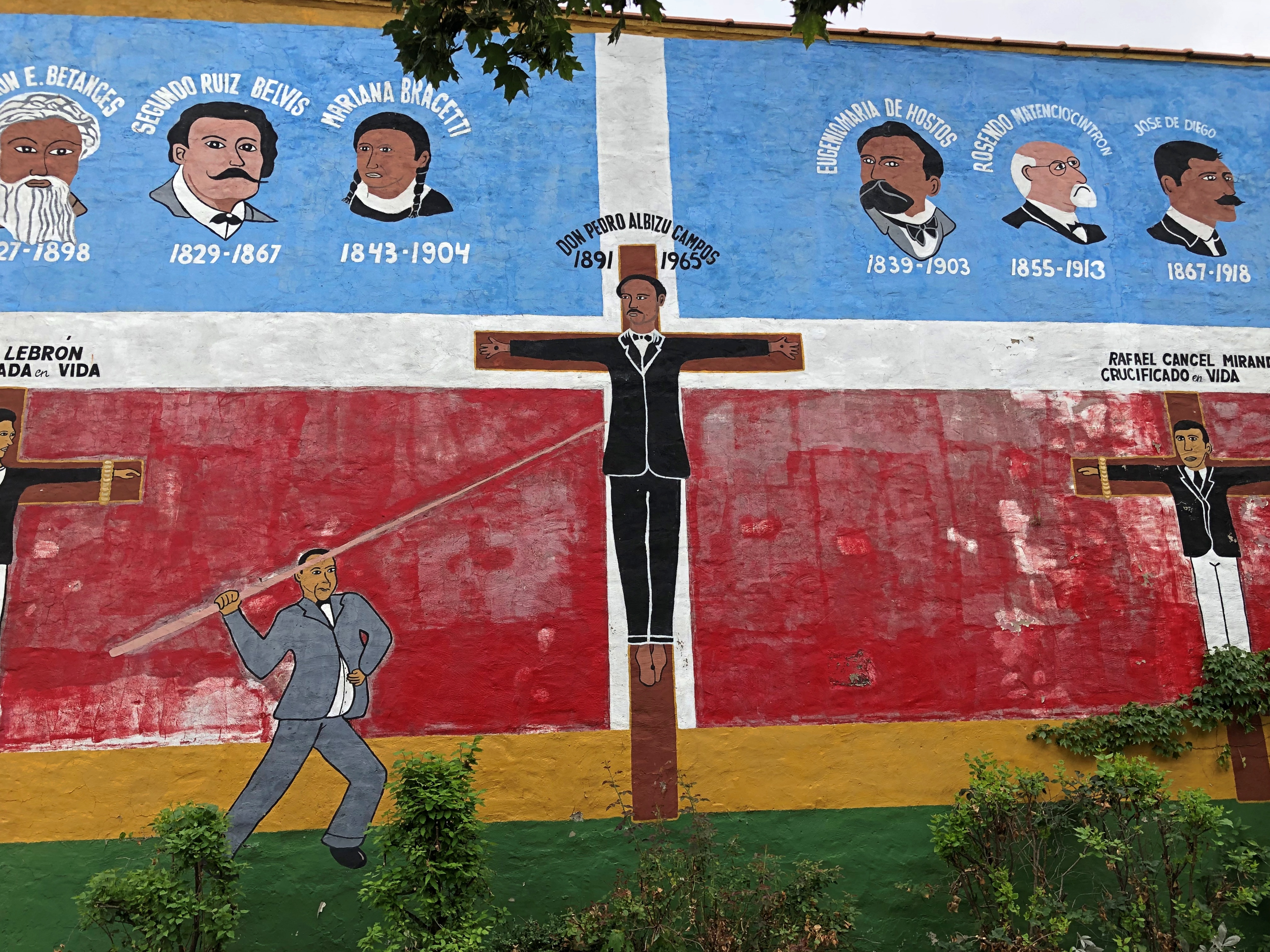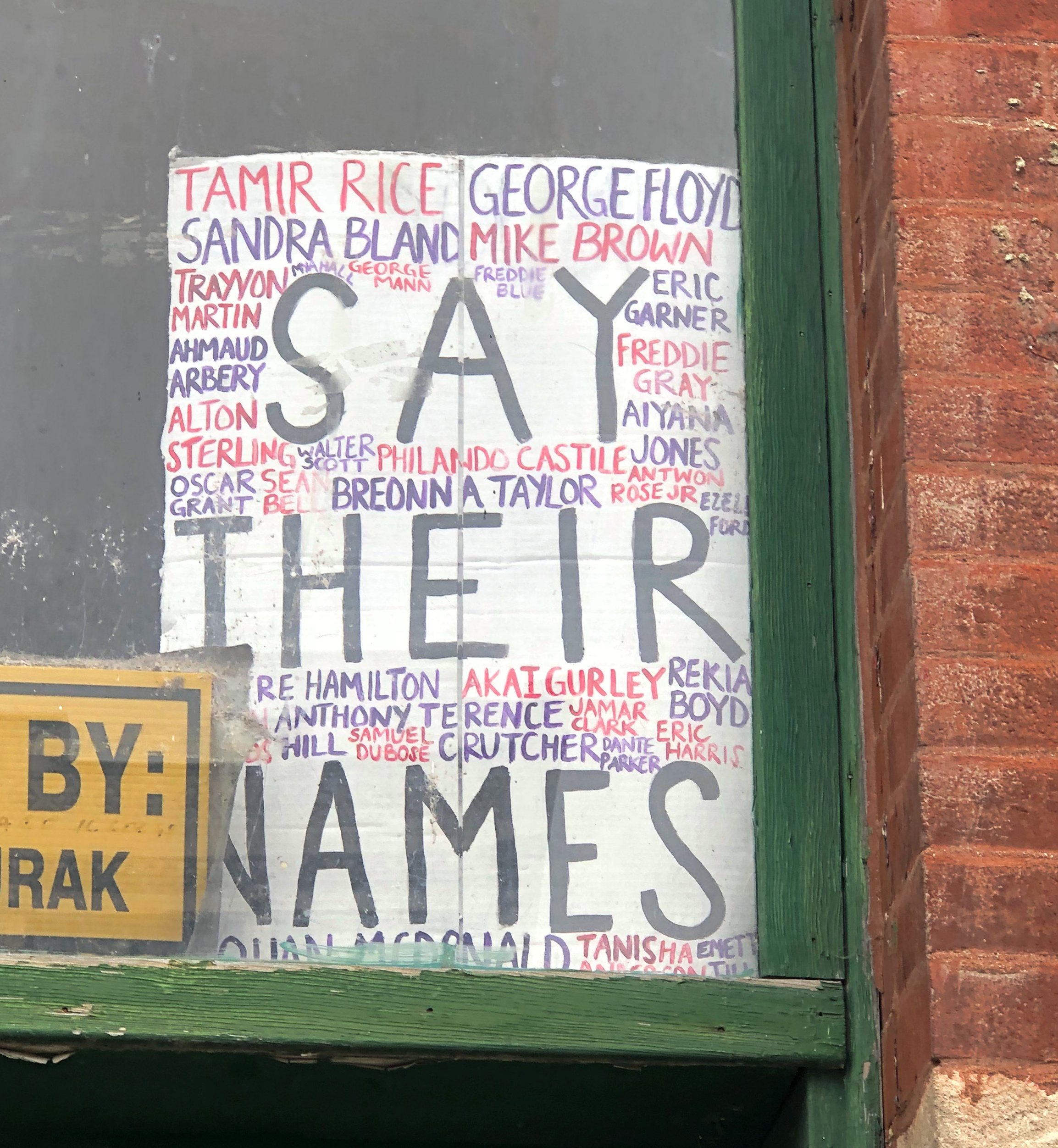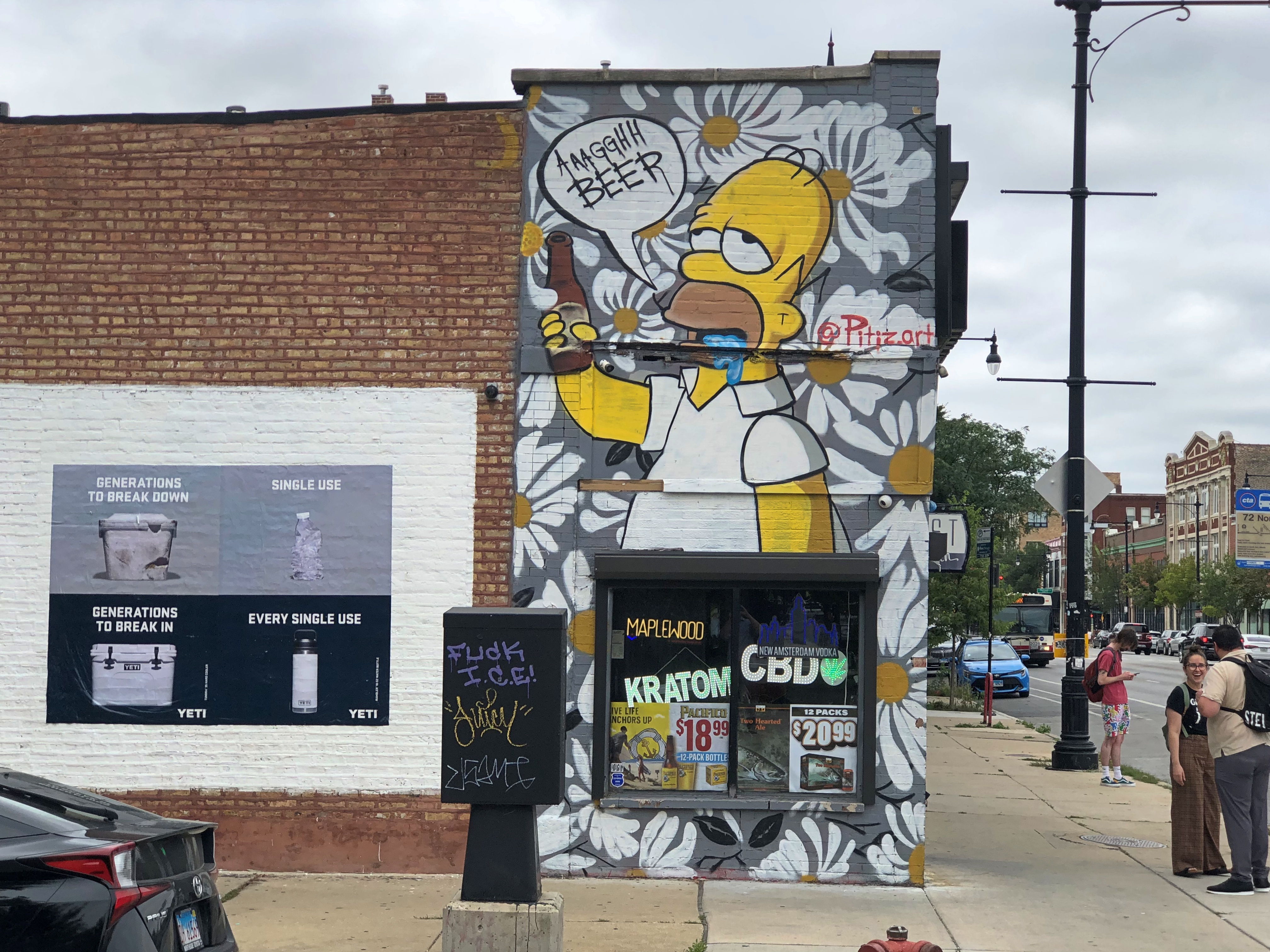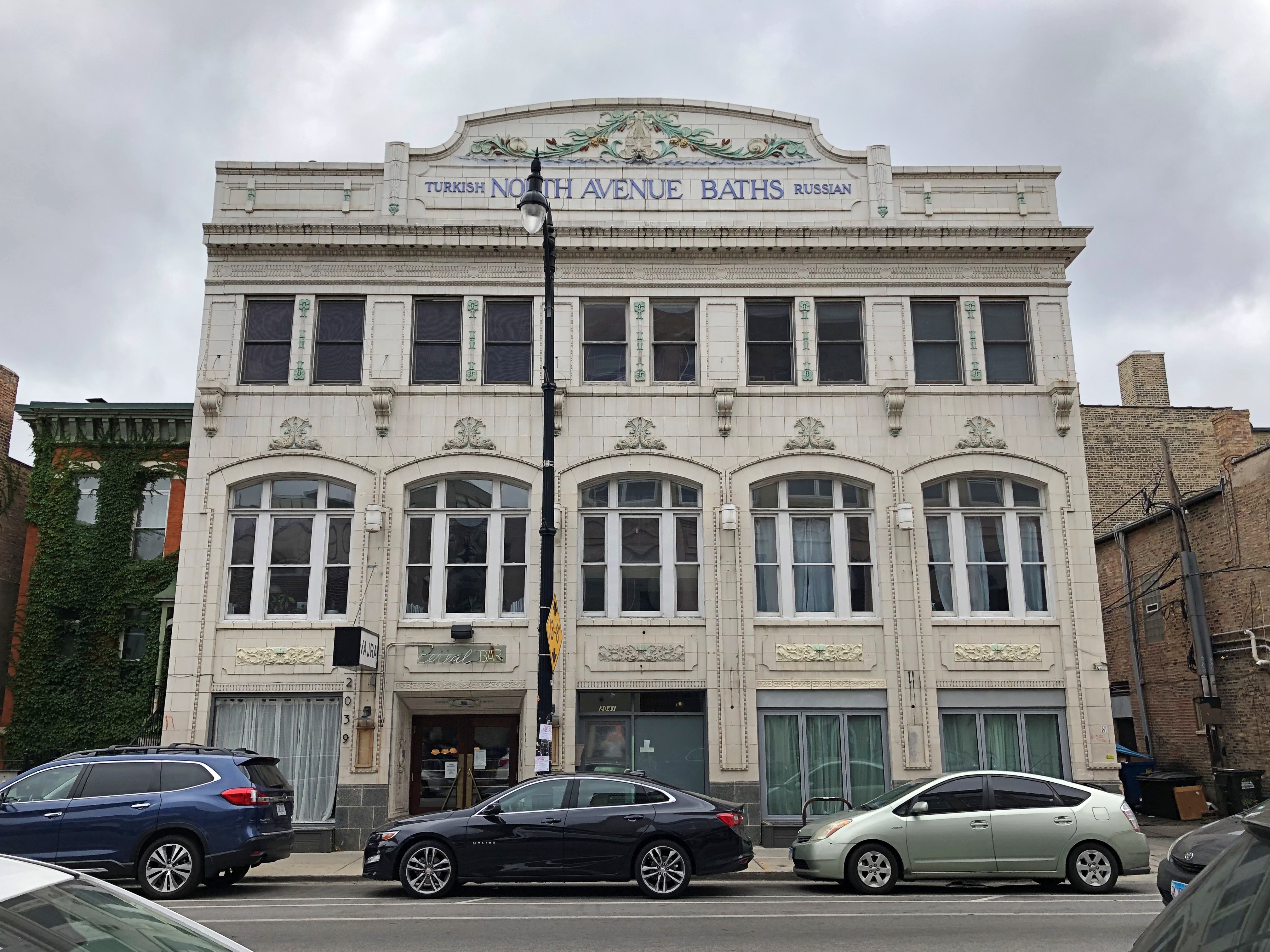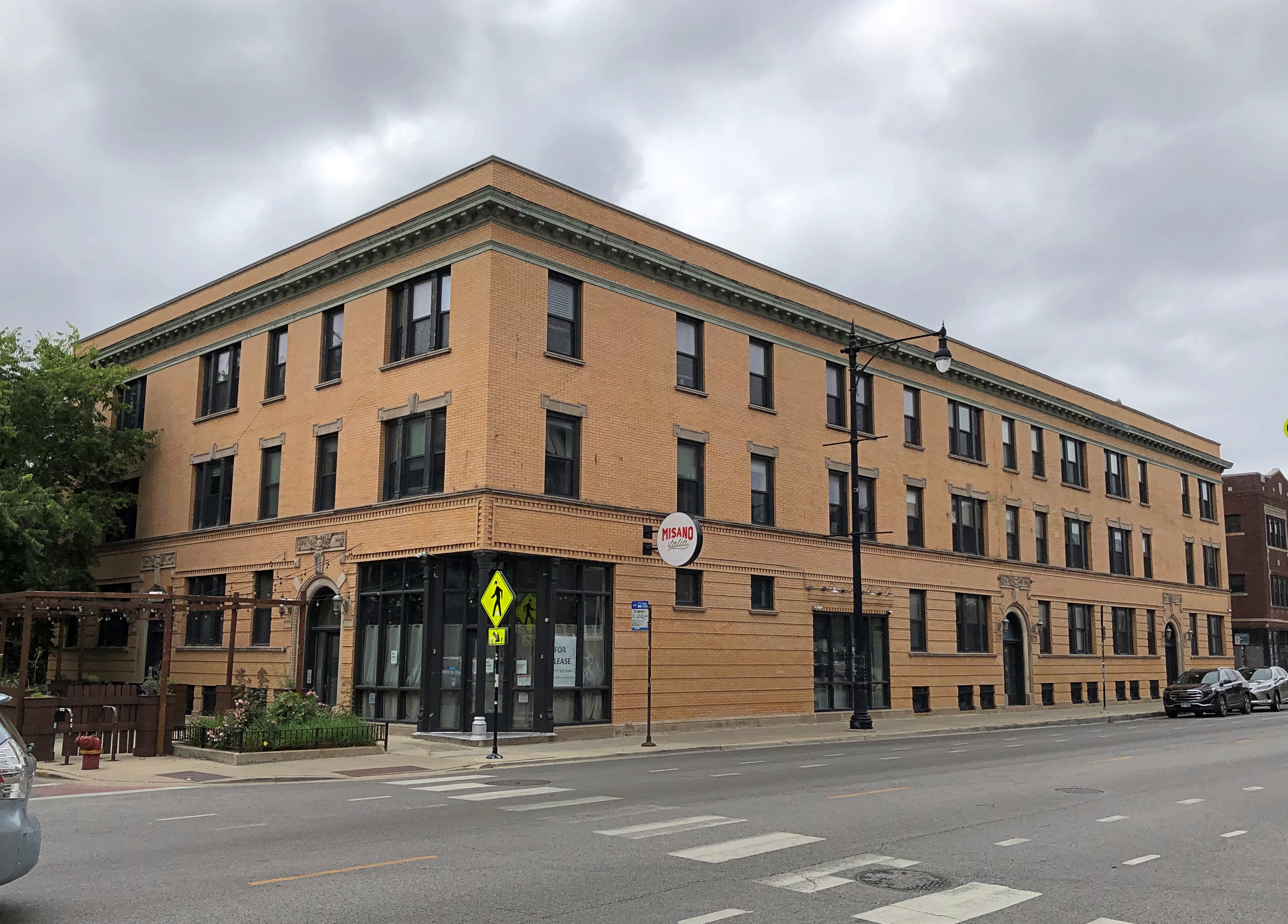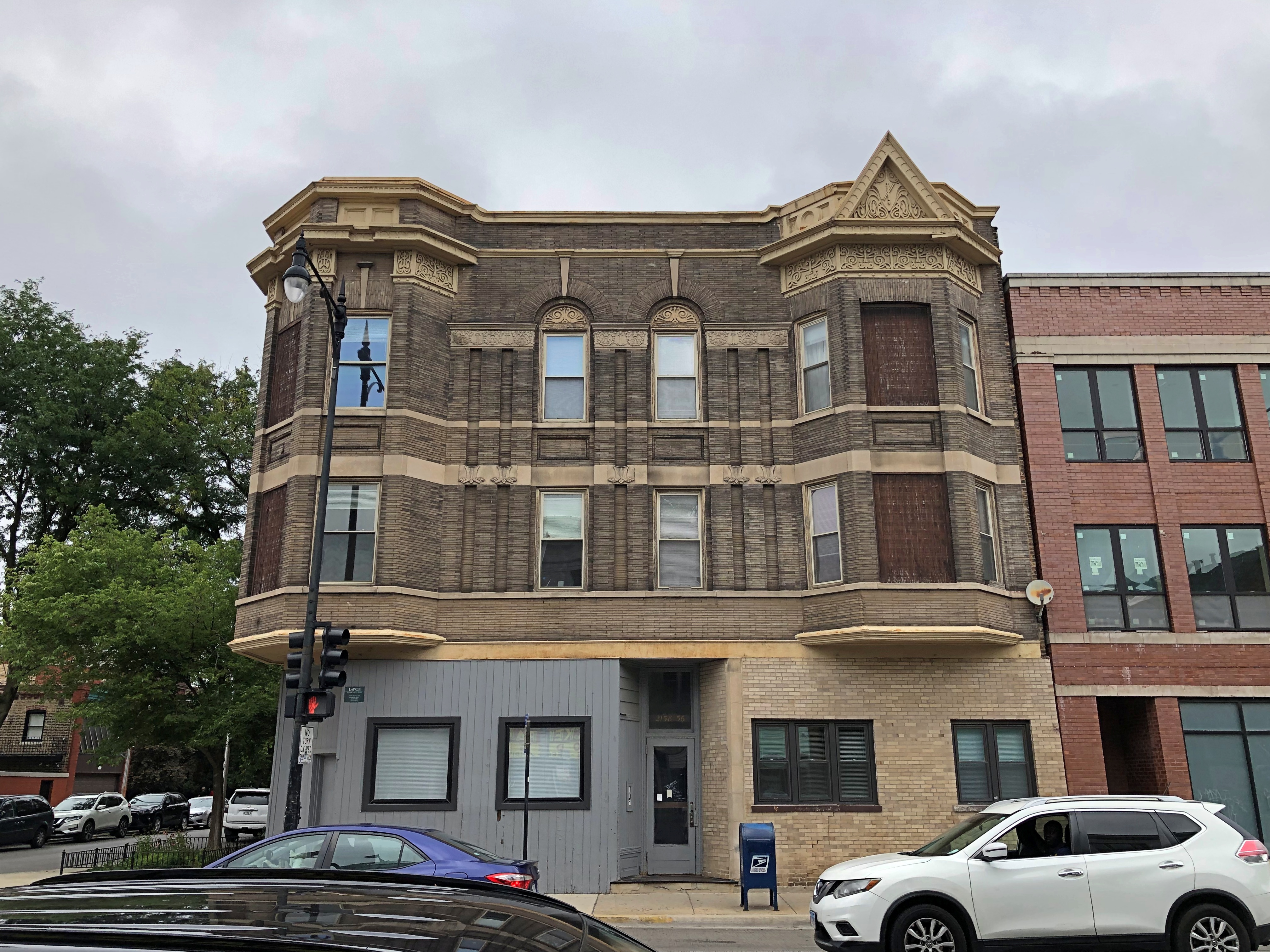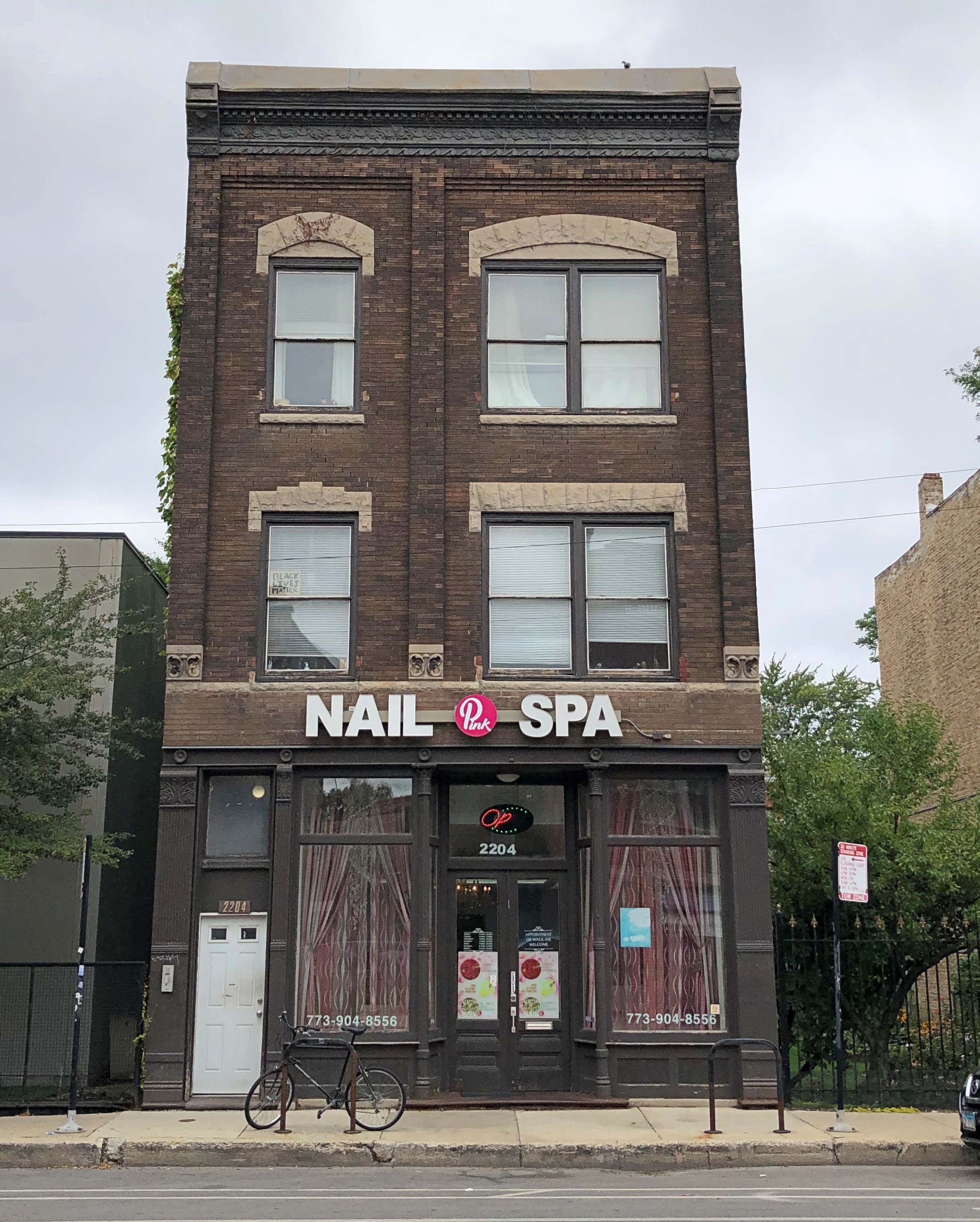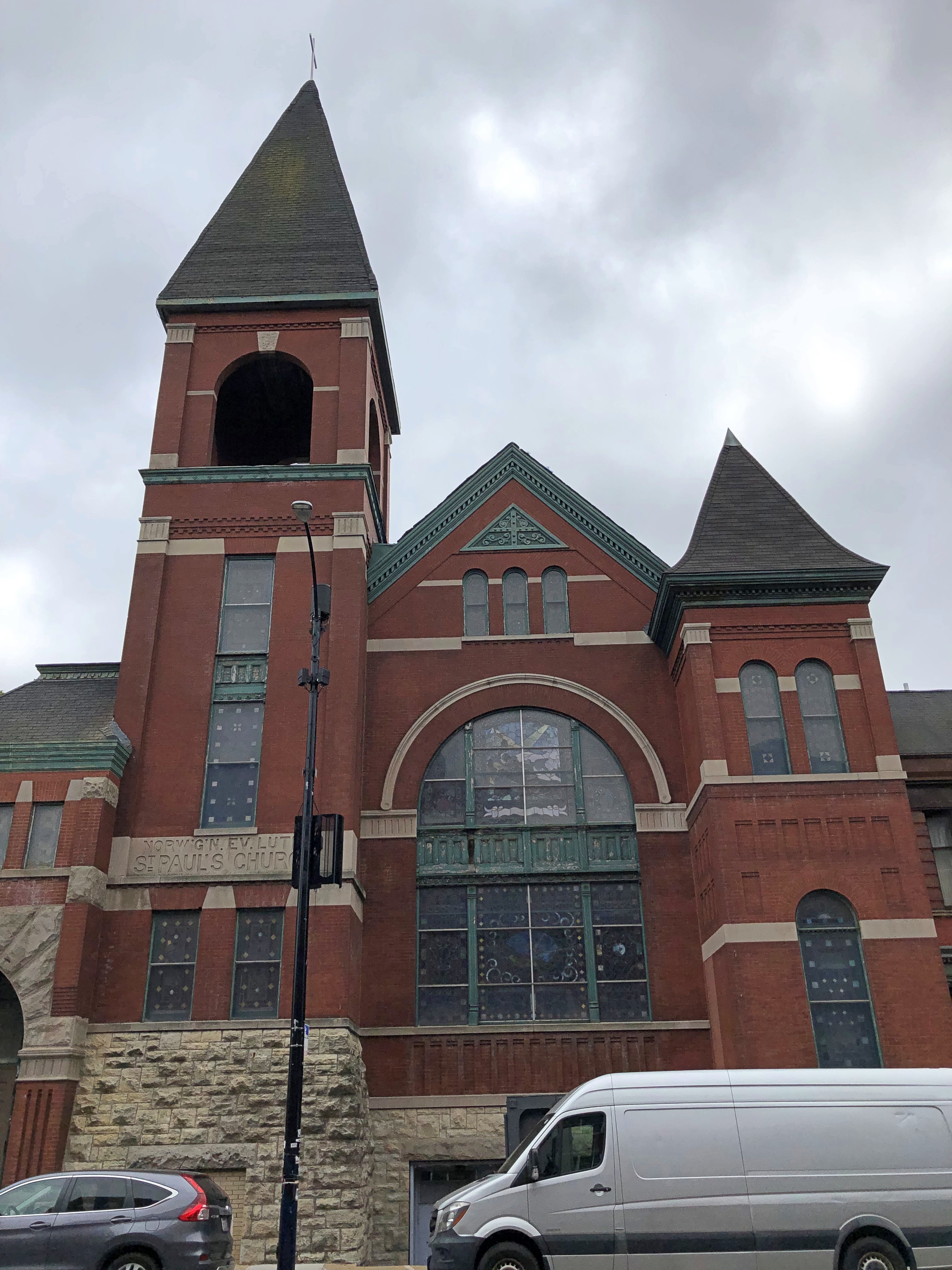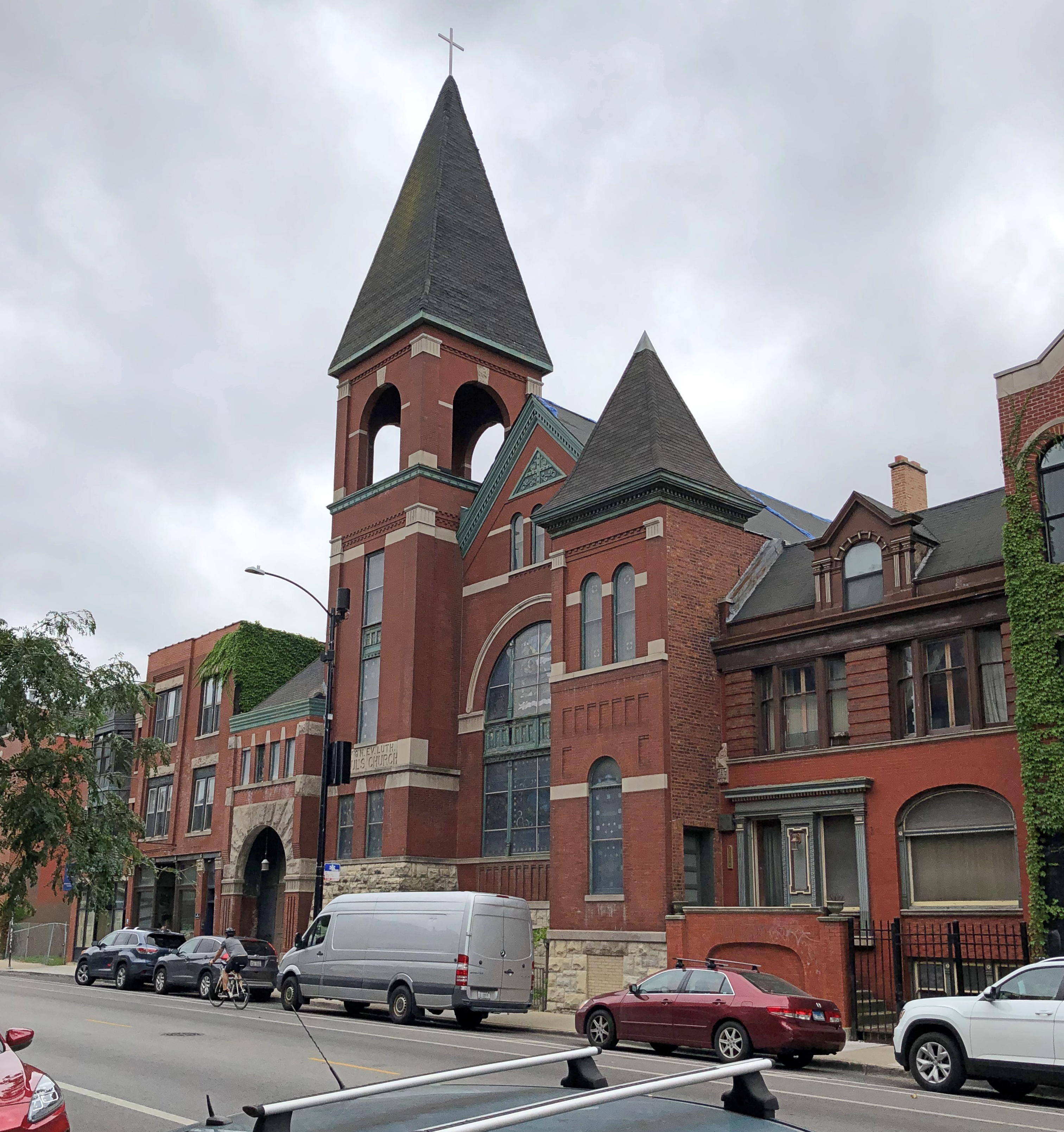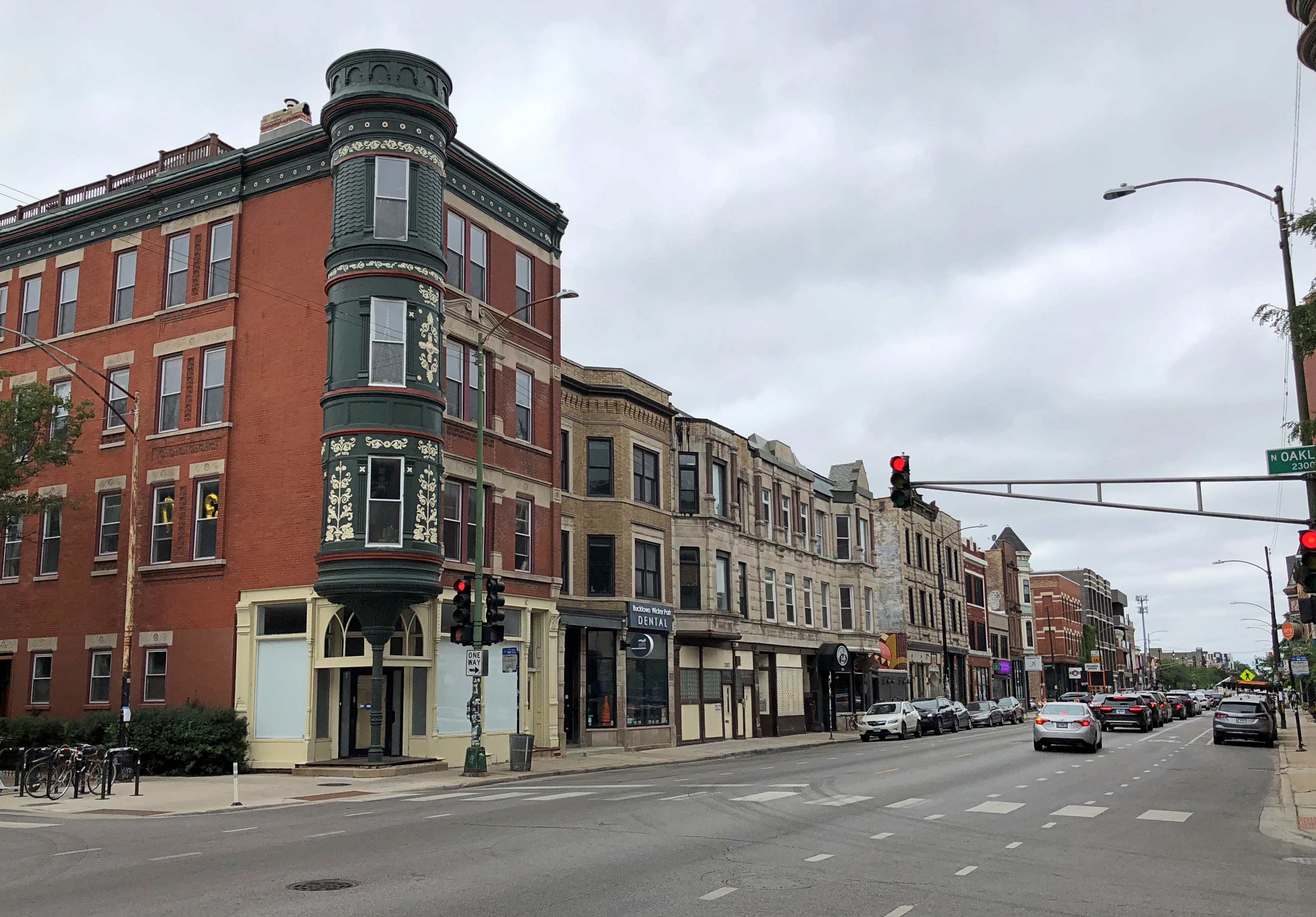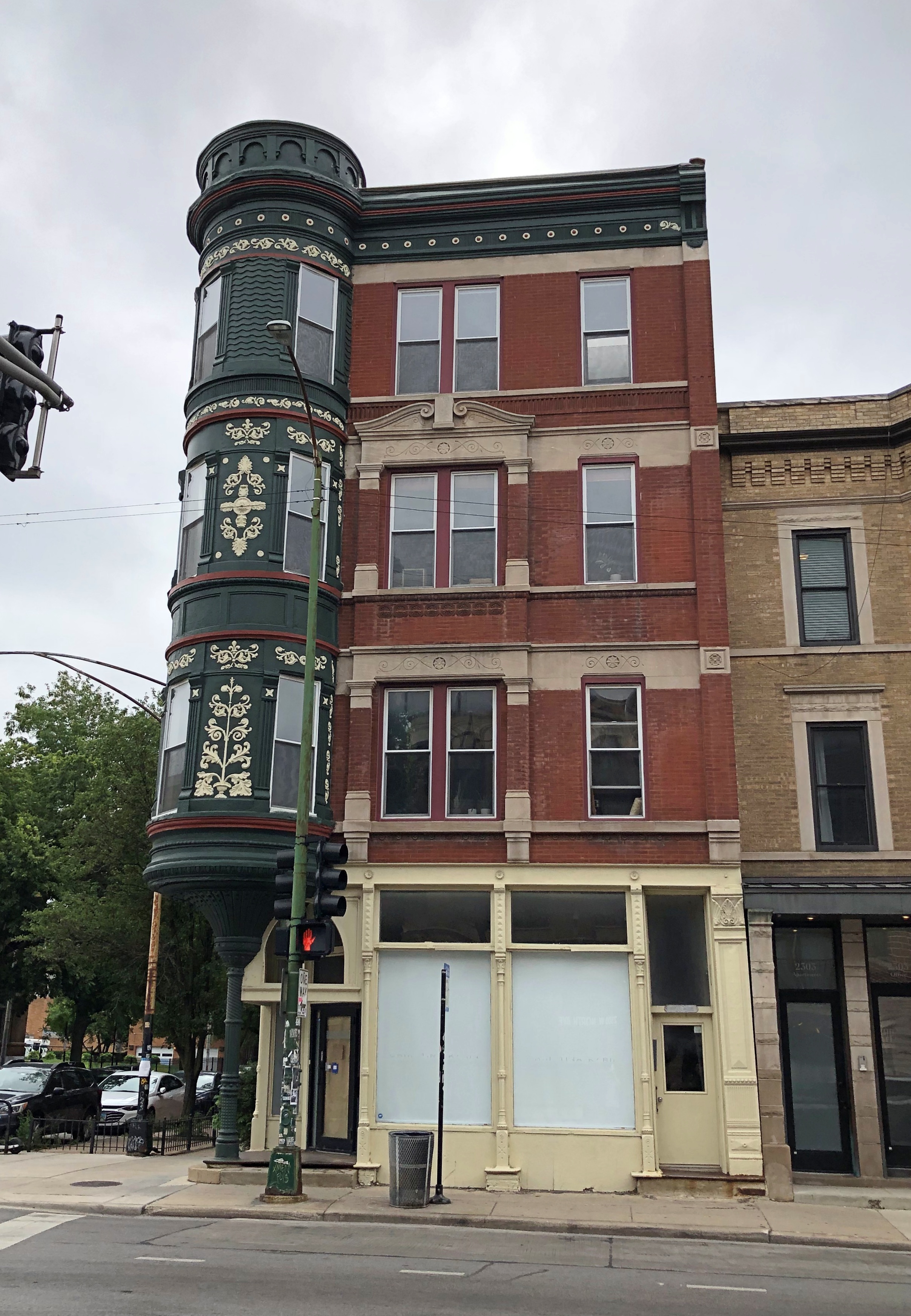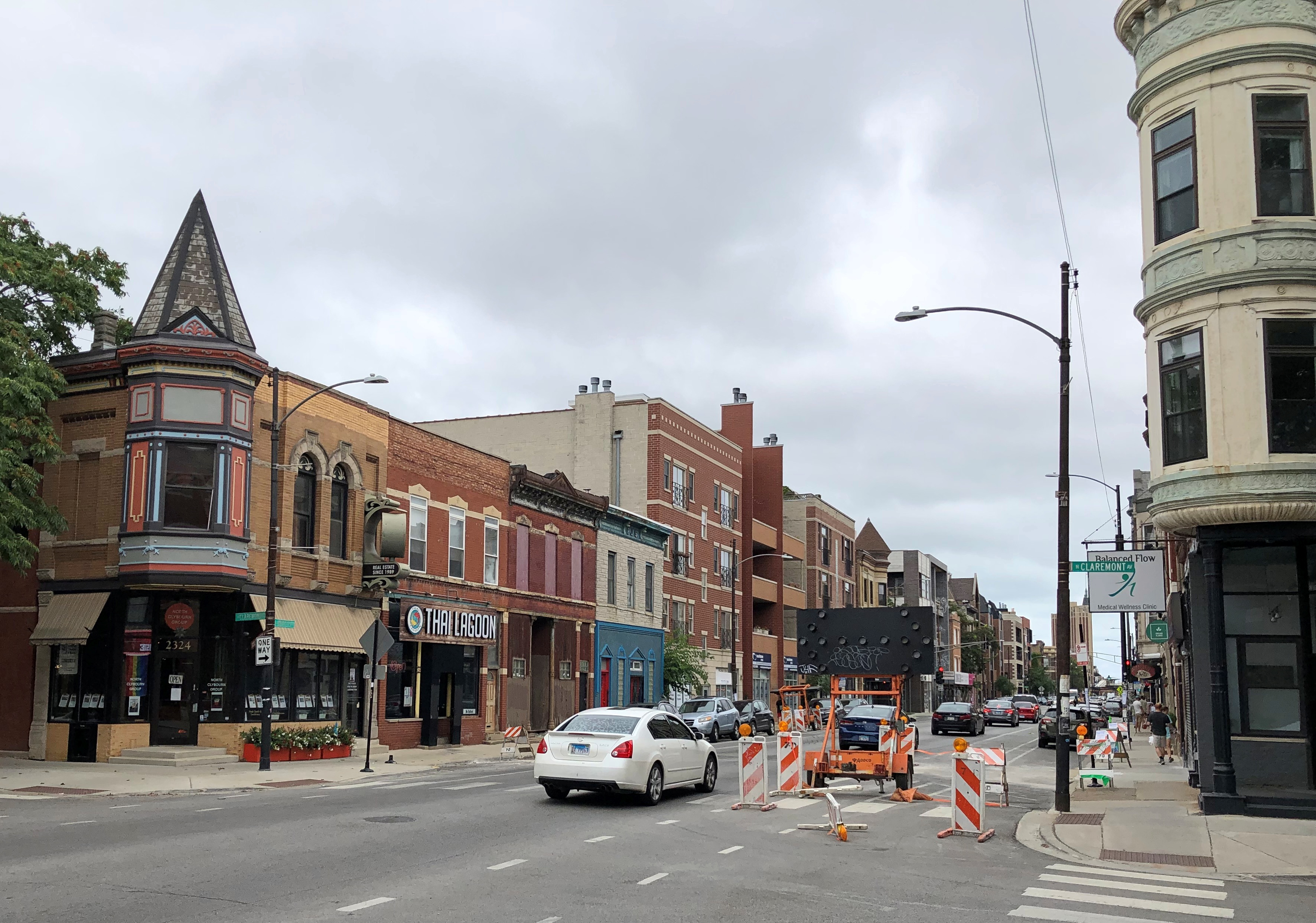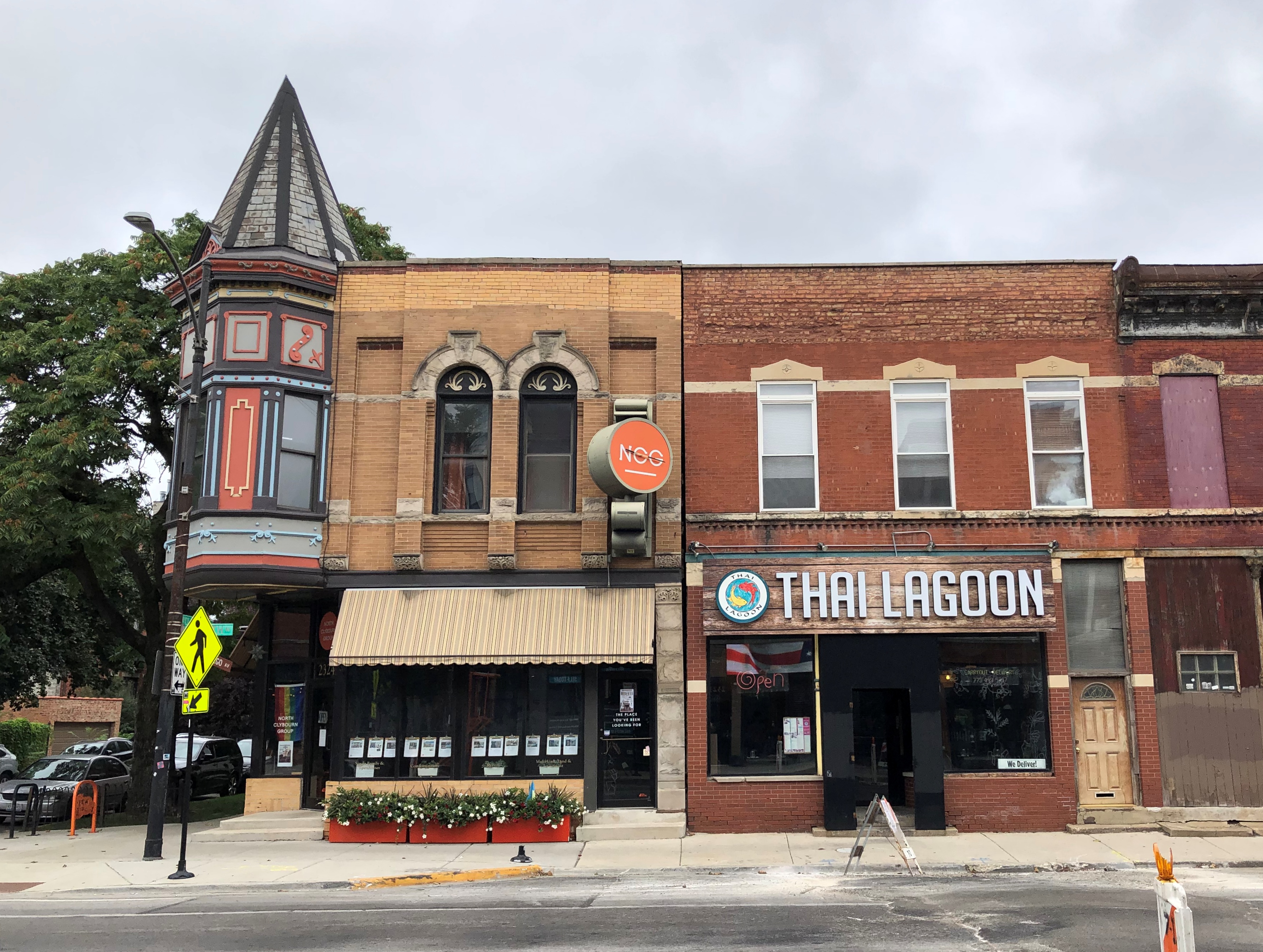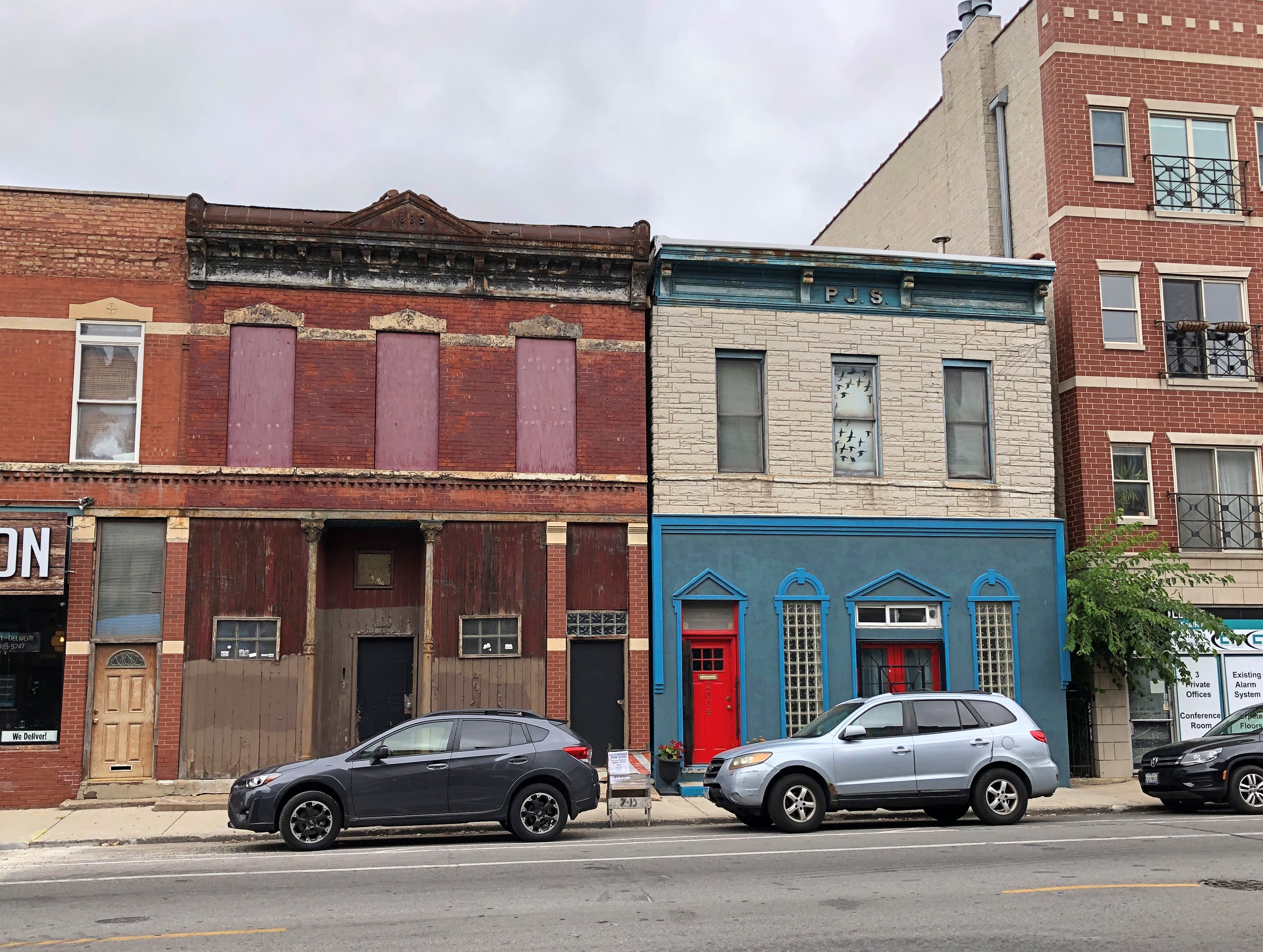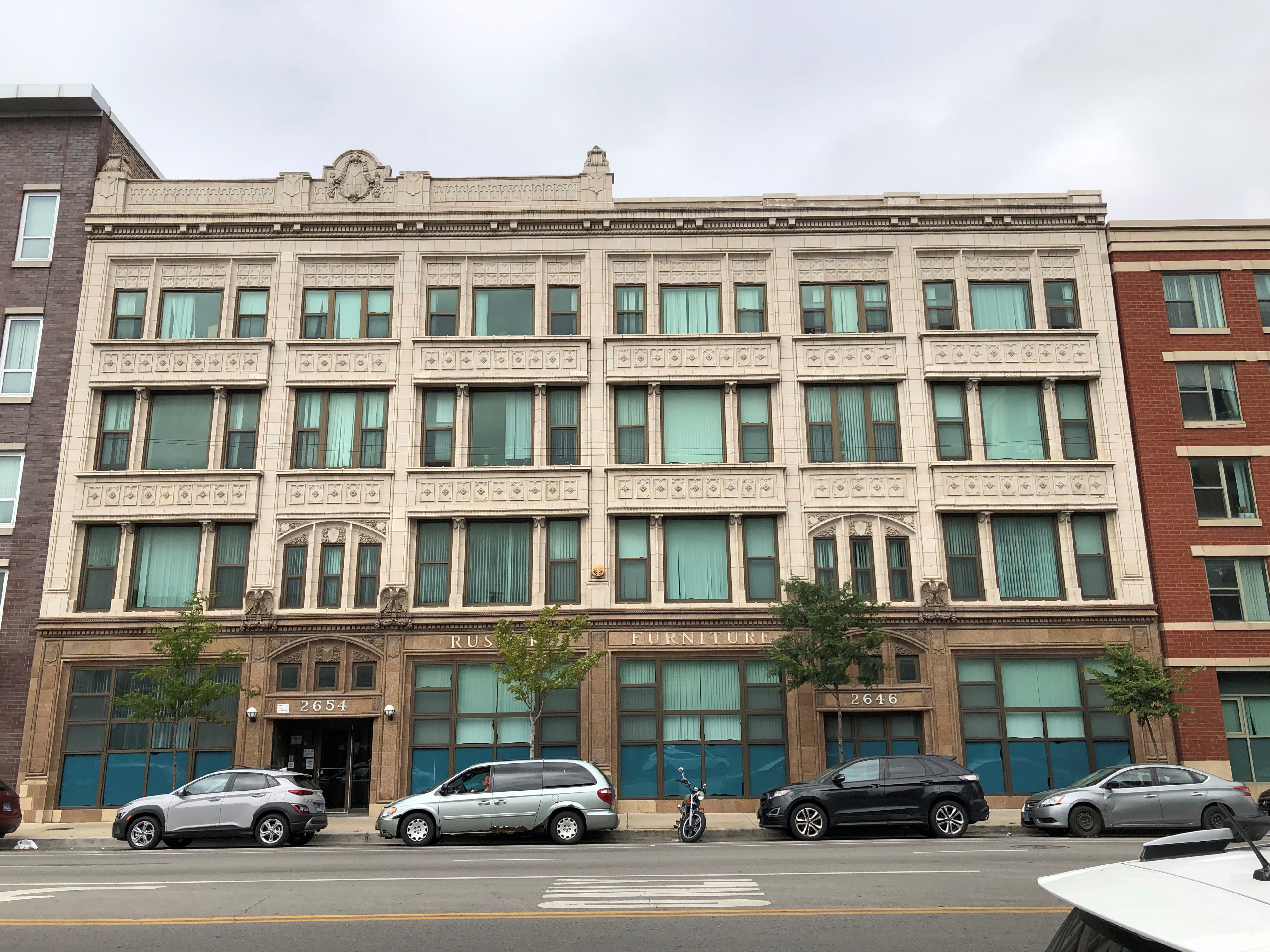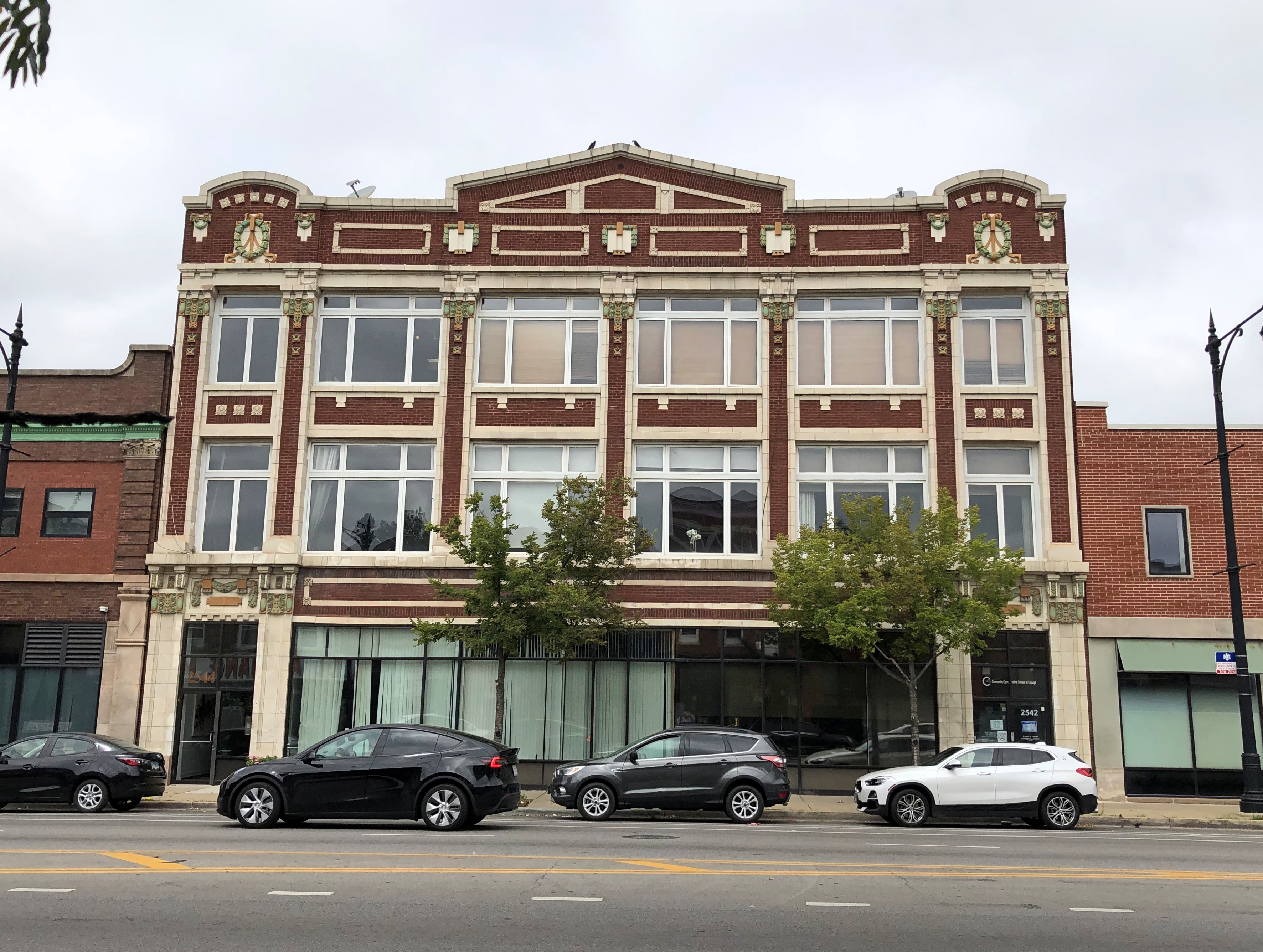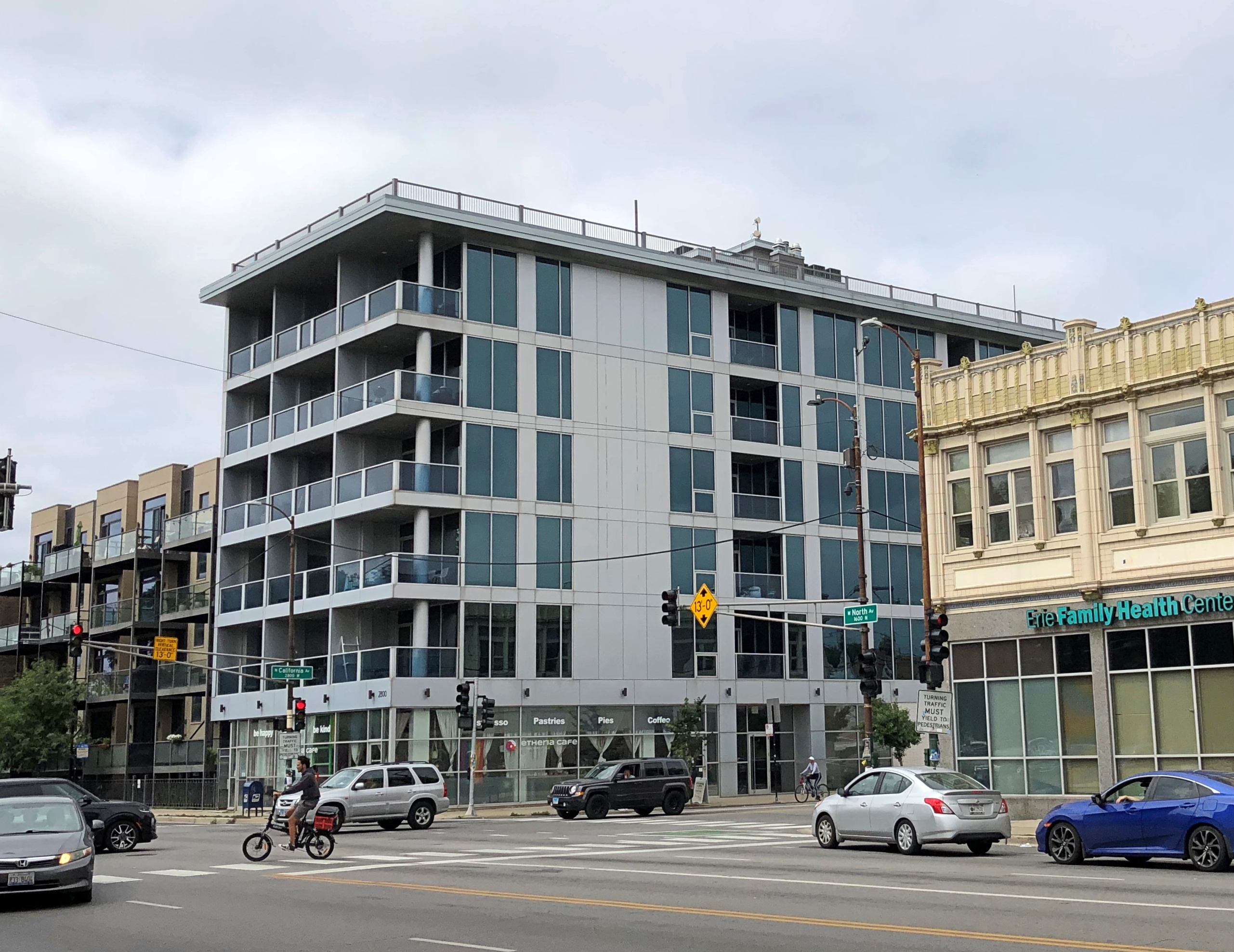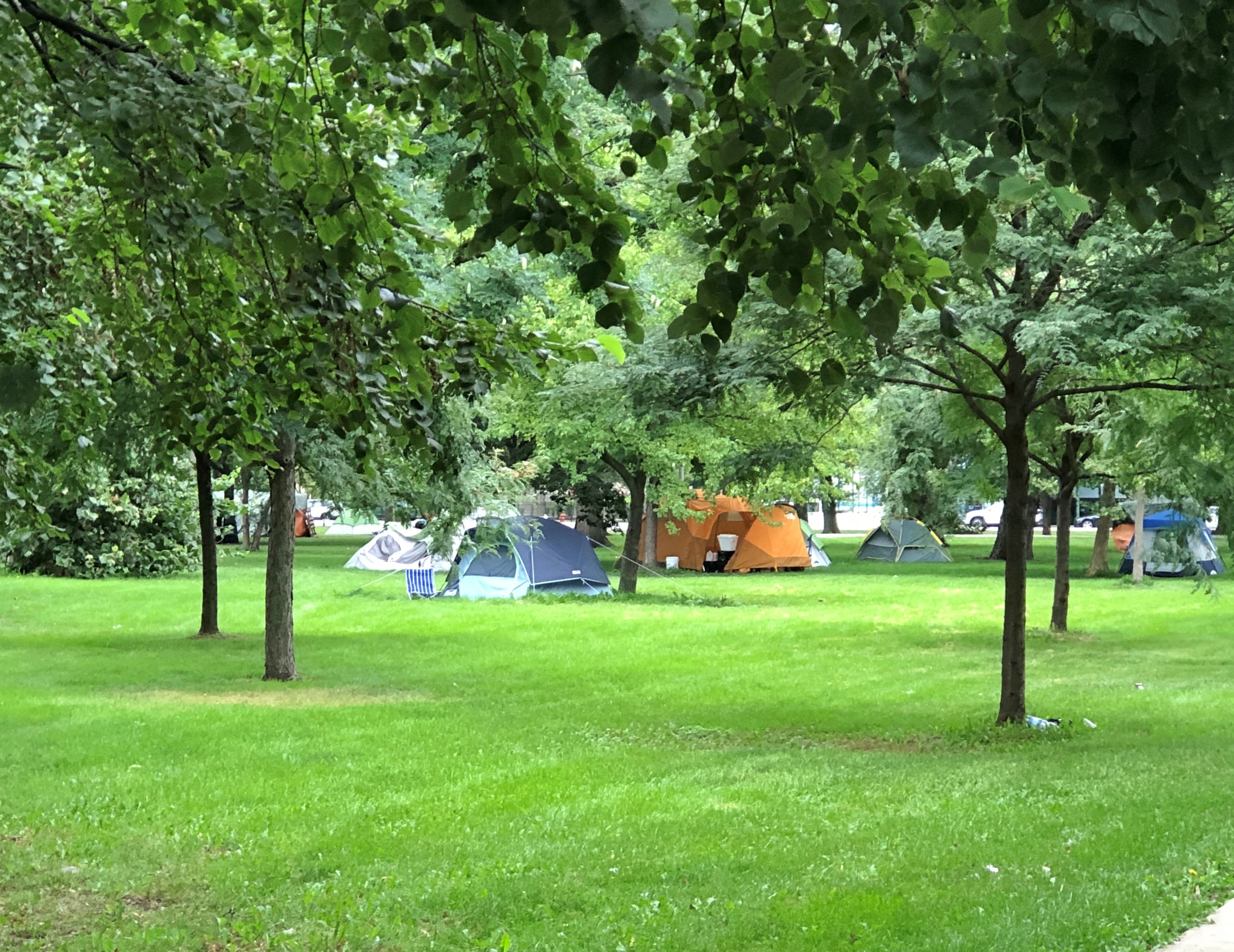A curiosity in my personal chronology: I remember what I was doing from 10 pm to 11 pm Central on Saturday, September 13, 1975. I was 14 and the start of high school was just a few weeks behind me, but that wasn’t so important that evening. During that hour, I was parked in front of our living room television, a black-and-white set because my mother didn’t convert to color until it was impossible to buy black-and-white. That didn’t bother me a bit.
Because the Internet never ceases to amaze, it took me only a few seconds to find the local TV schedule for San Antonio that day, to confirm what I already knew: the 10 pm slot on Channel 12, which was the ABC affiliate, was given over the Space: 1999. Not just any episode of that show – sold to U.S. markets in syndication, so not in prime time – but the first episode, “Breakaway.”
As the most expensive British television program up until that time, the show got quite a buildup, so it was no accident I tuned in. Martin Landau and Barbara Bain, as I recall, had plugged it on The Tonight Show not long before. (That too is online, at least as difficult-to-hear audio.)
So I watched that evening, and every week for a short time afterward. The physics of the premise — the Moon blown out of orbit and traveling the stars — was like something out of the Irwin Allen playbook, but even so the show started with some promise. As time passed, however, its essential dopiness became all too clear.
I think of this when I recall that I saw the first episode of Saturday Night Live on October 11, 1975. Or rather, the last two-thirds of it, switching channels after Space: 1999 was over at 11 Central. My reaction was, What is this? Then I think I remembered that a live comedy show had been slotted for that time, as it had been promoted as well. Within a few weeks, I didn’t bother with Space: 1999 any more, and took up SNL, as many of my peers did.
Despite its failure as science fiction, Space: 1999 did have one thing going for it, something I occasionally still enjoy. Namely, the kick-ass introduction.
Visually, it teases with quick-cuts of the episode ahead, as well as reminders of how the hapless residents of Moonbase Alpha got into their situation, and a sequence that fixed the fictional events of September 13, 1999 in one’s mind (and, lots of crashing space ships!). Aurally, there’s a rousing blend of orchestral passages, jazz and a funky electric guitar by British composer Barry Gray (d. 1984) that had early ’70s all over it.


